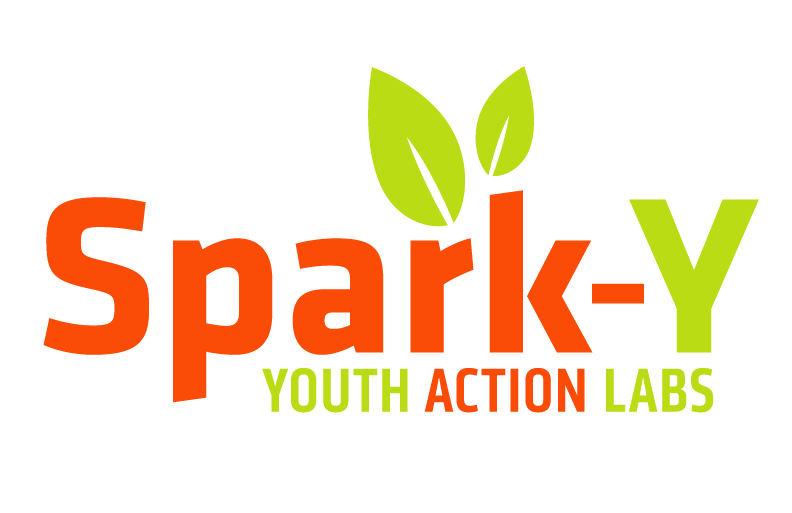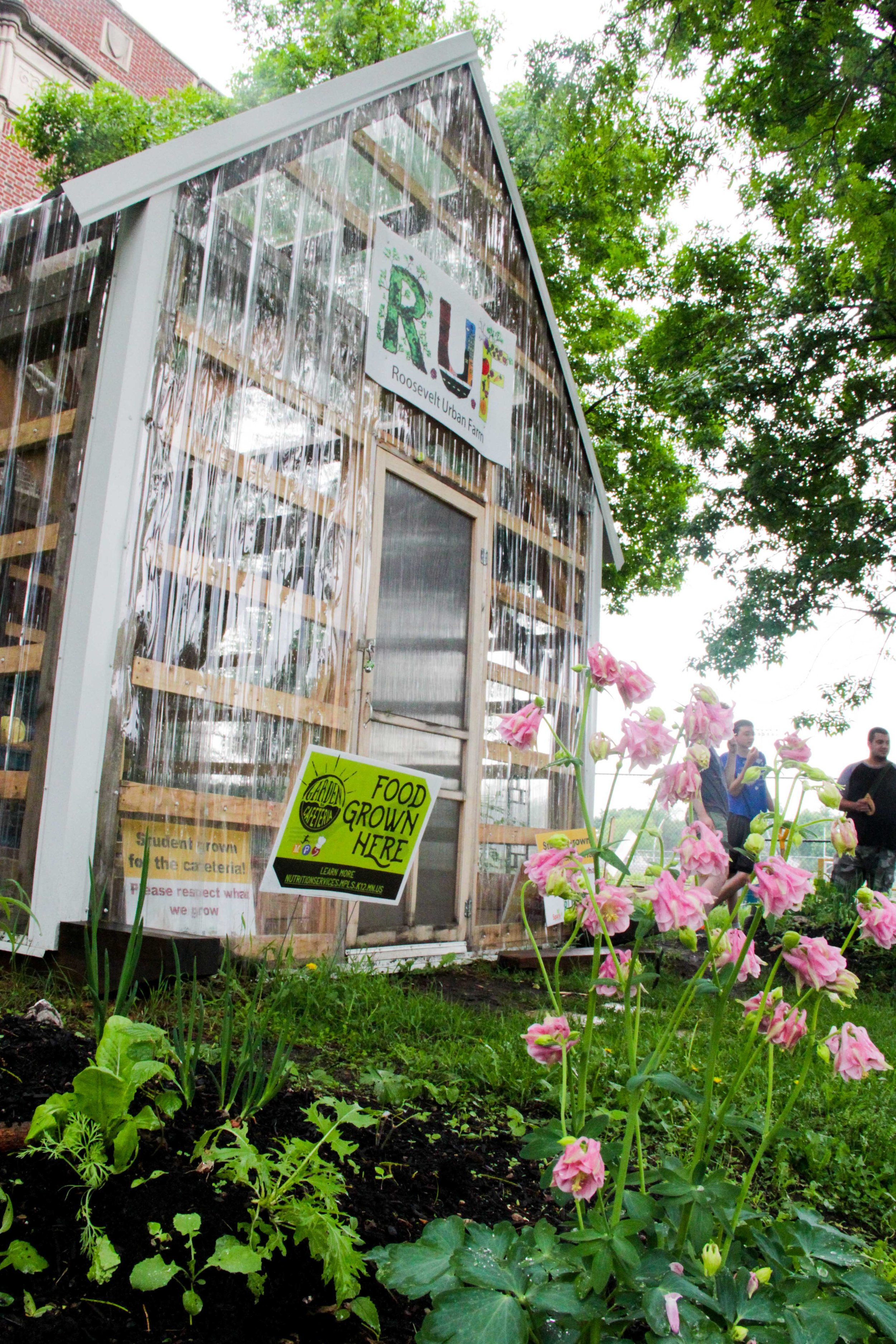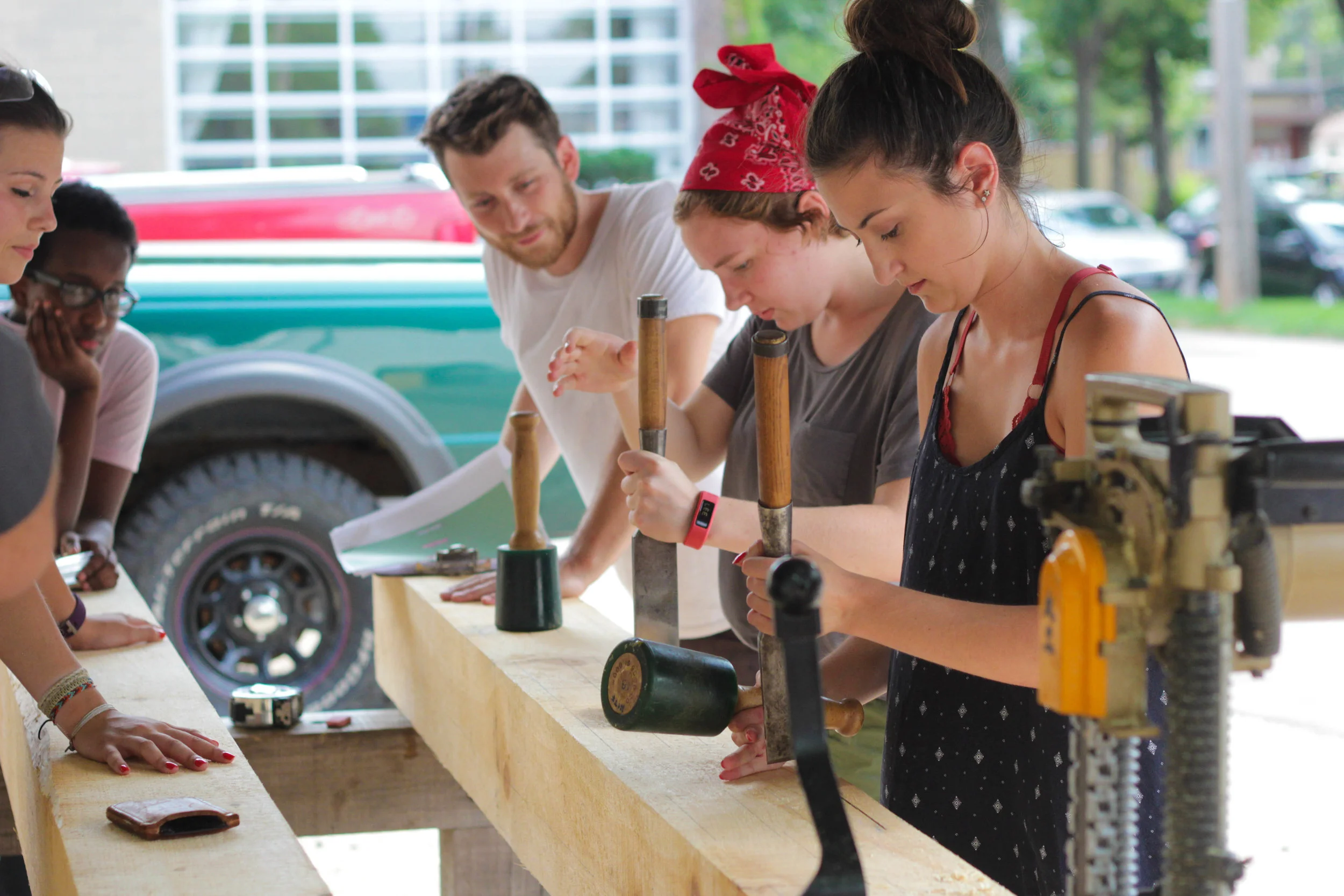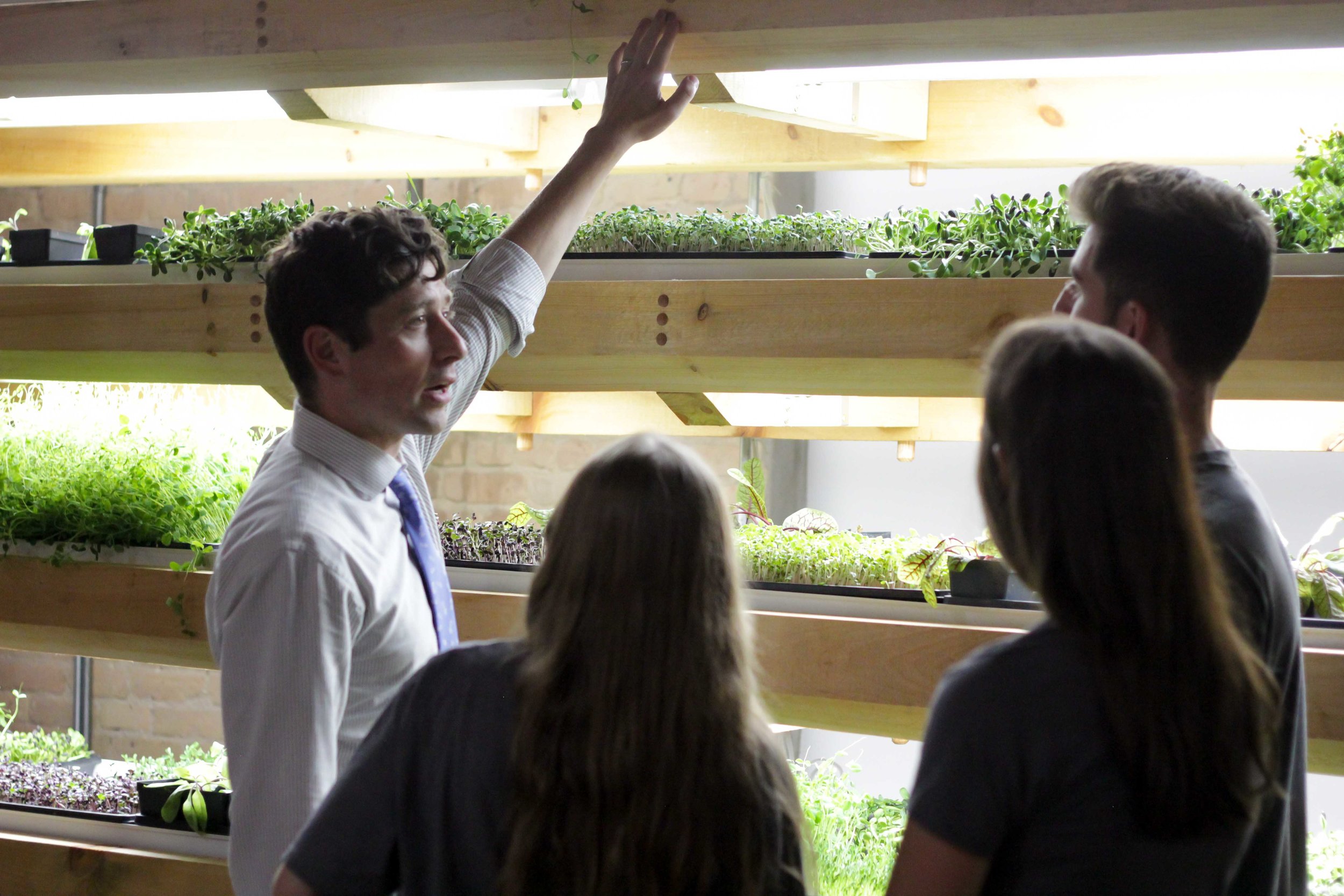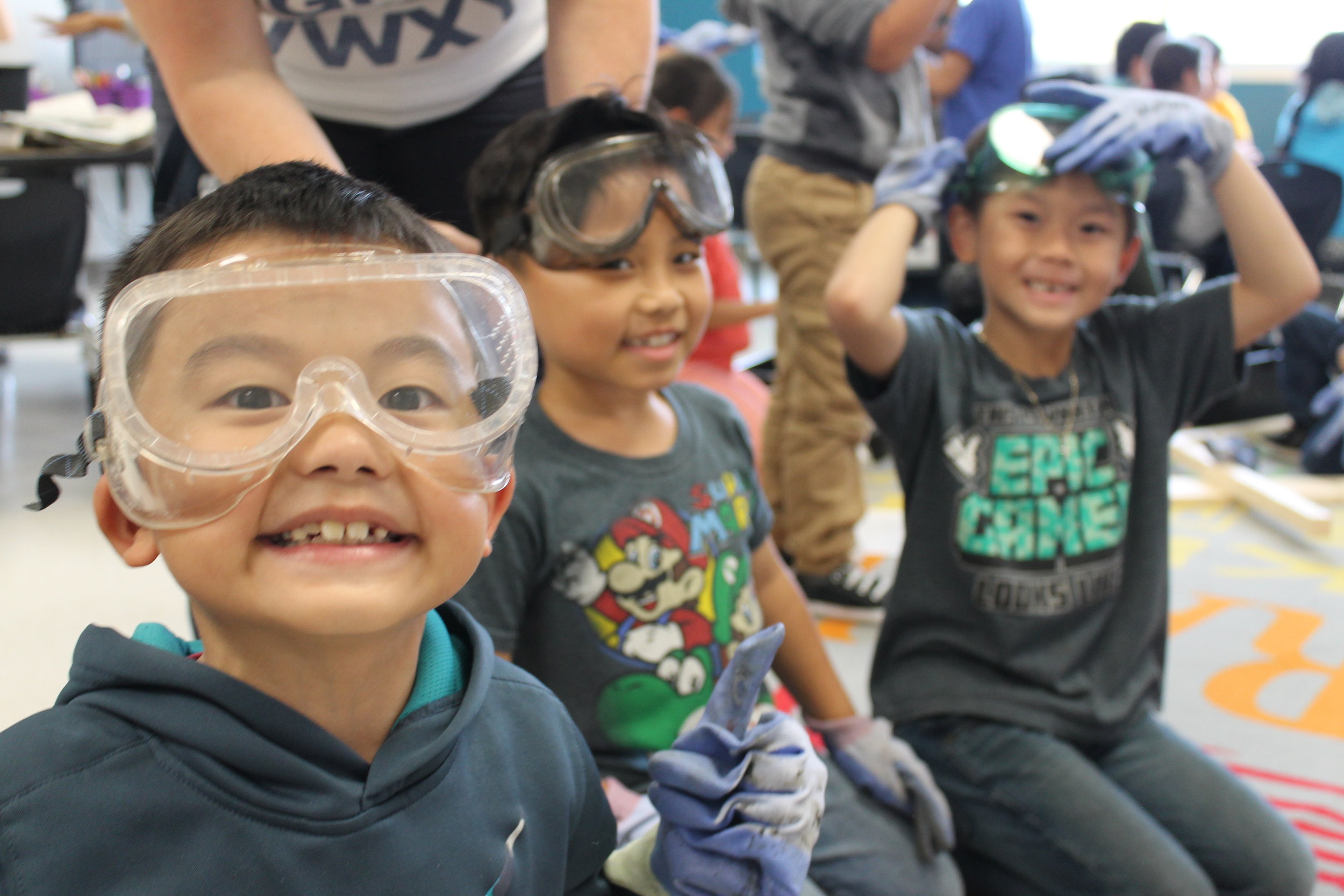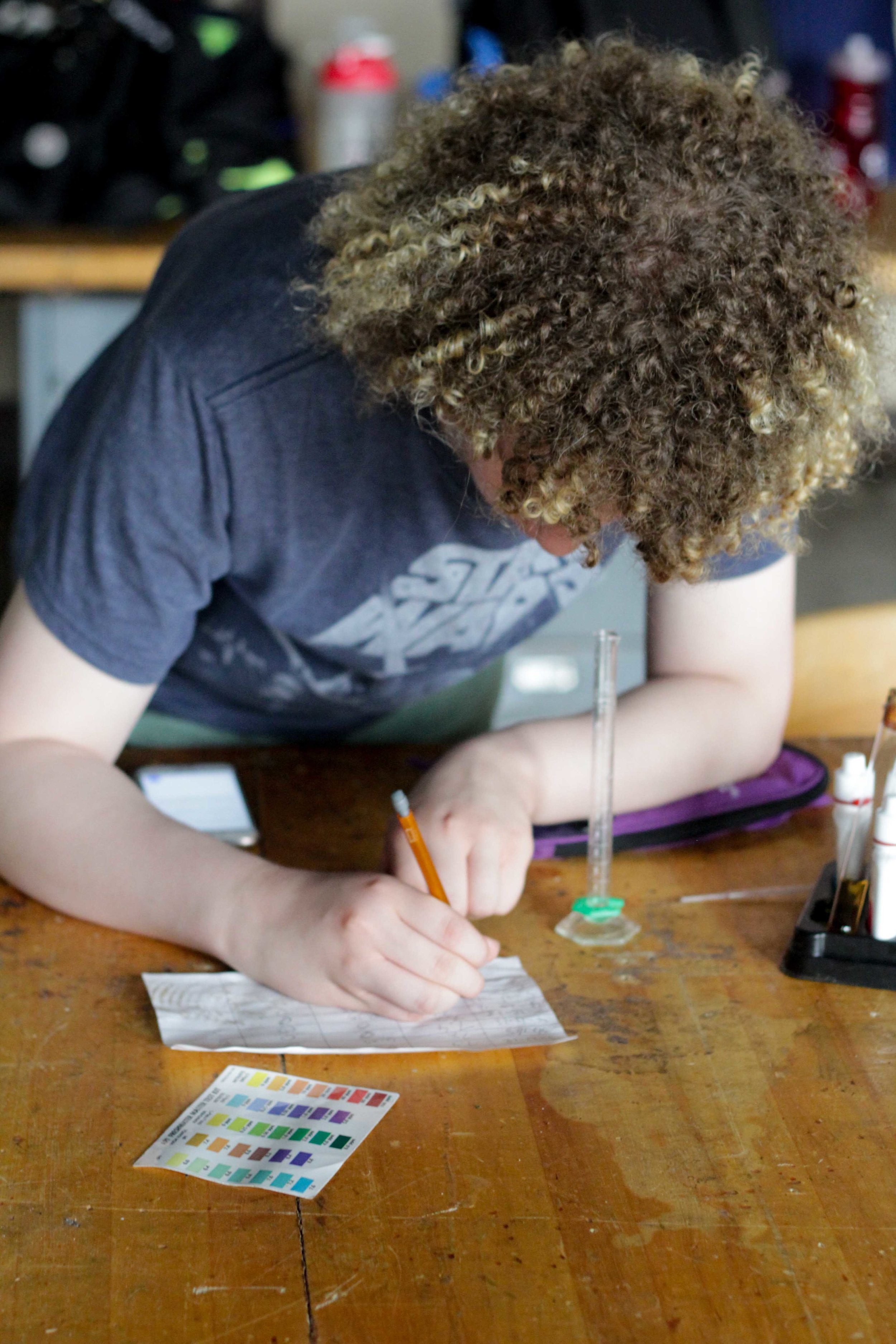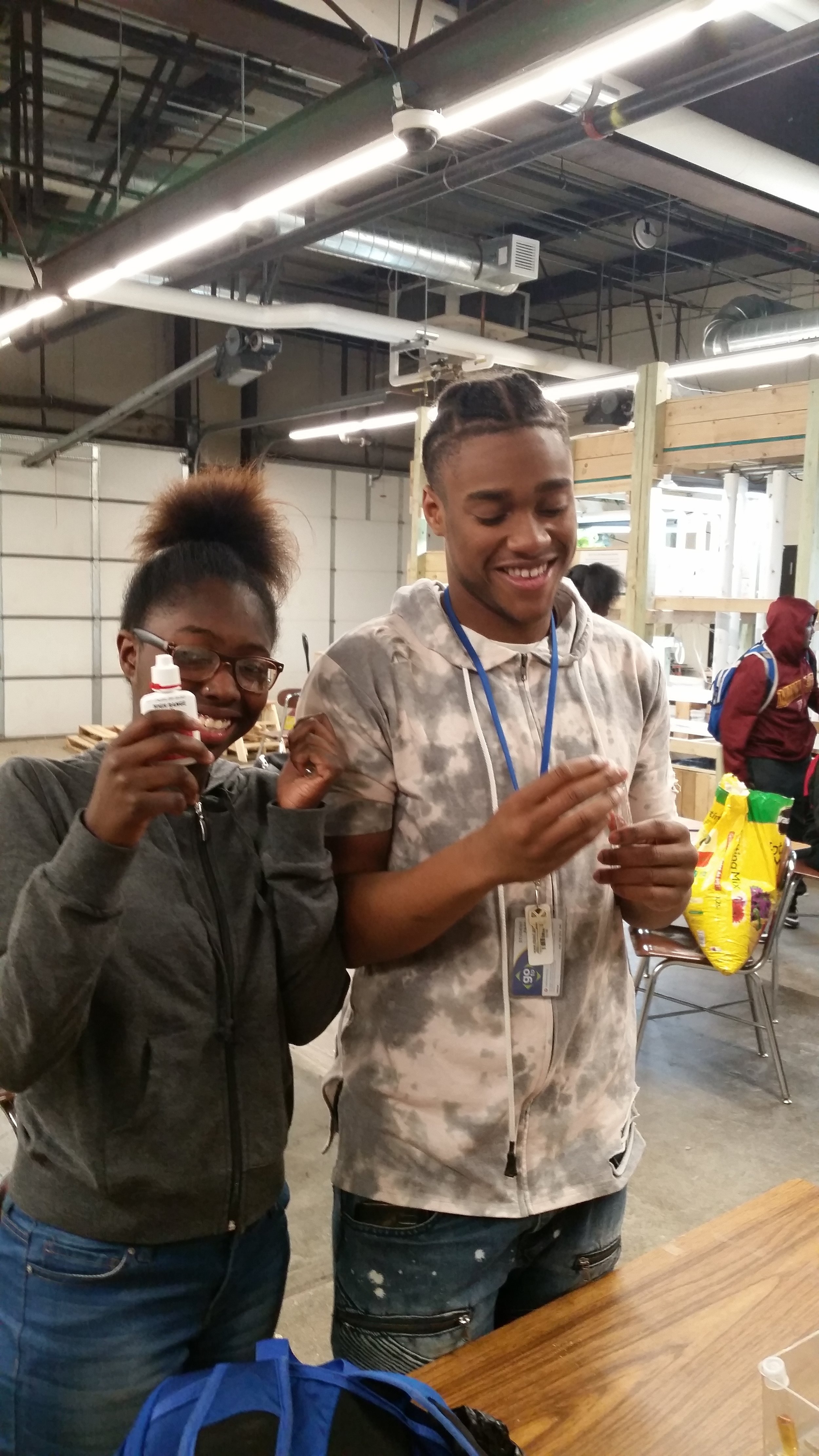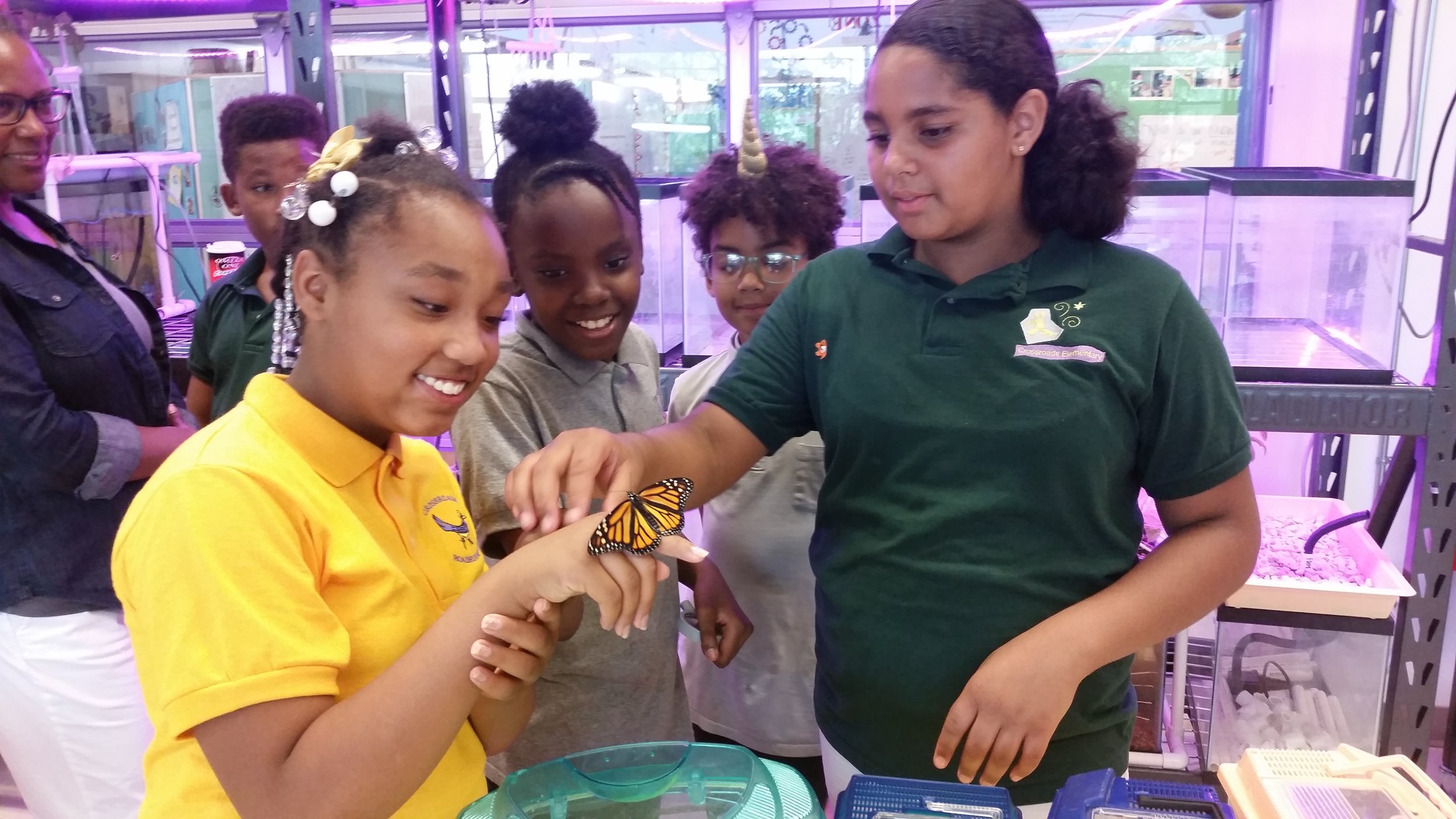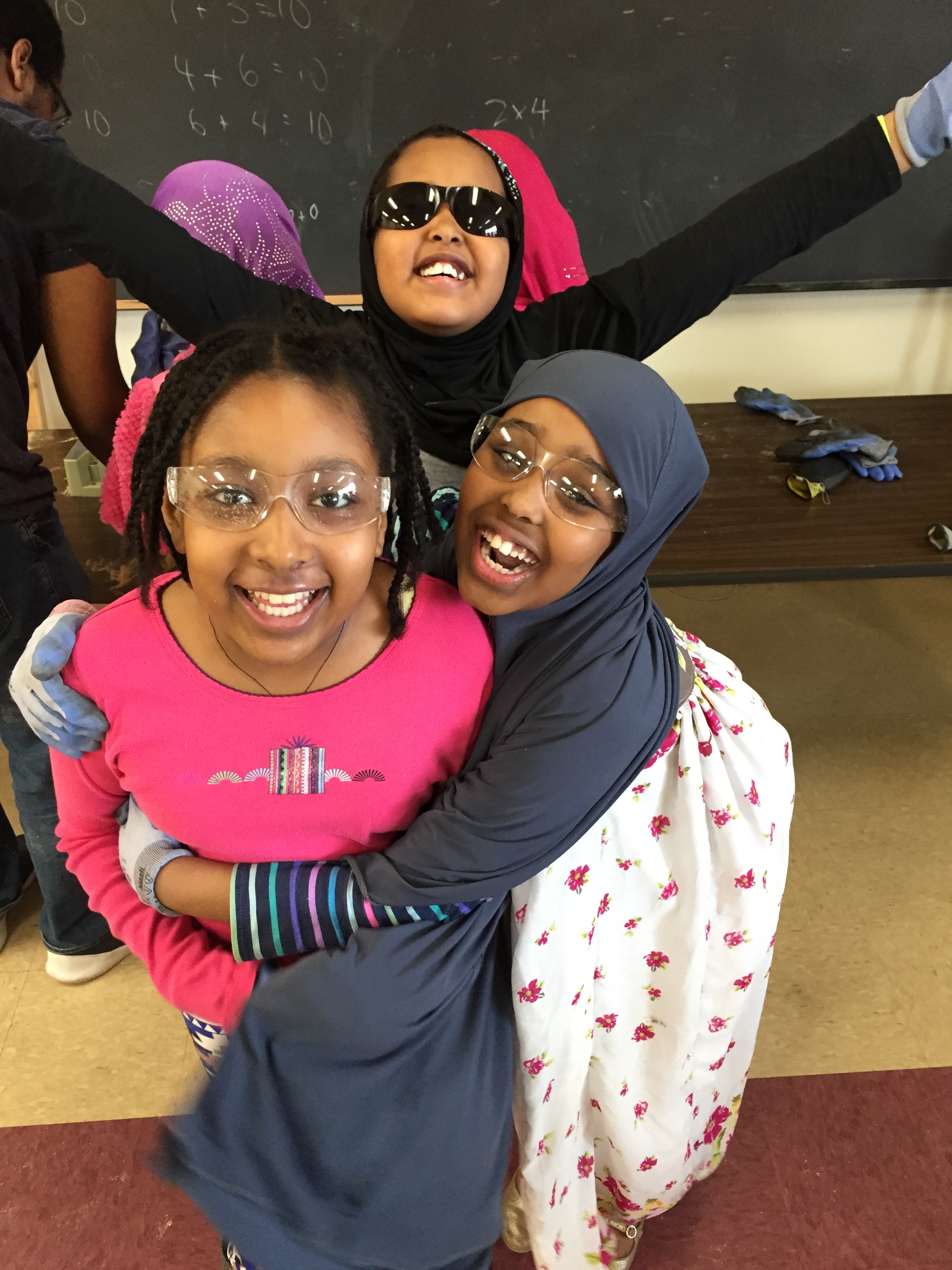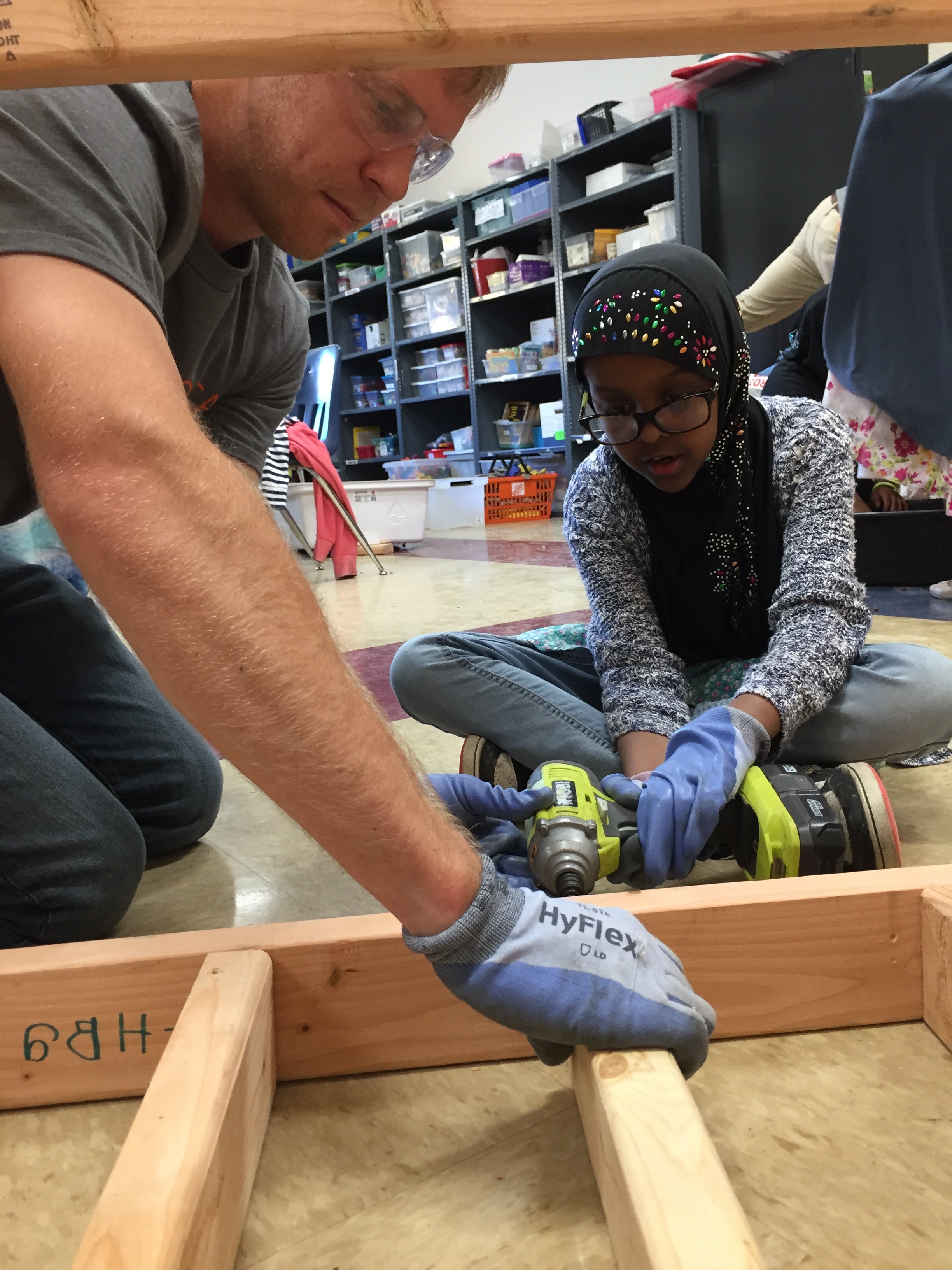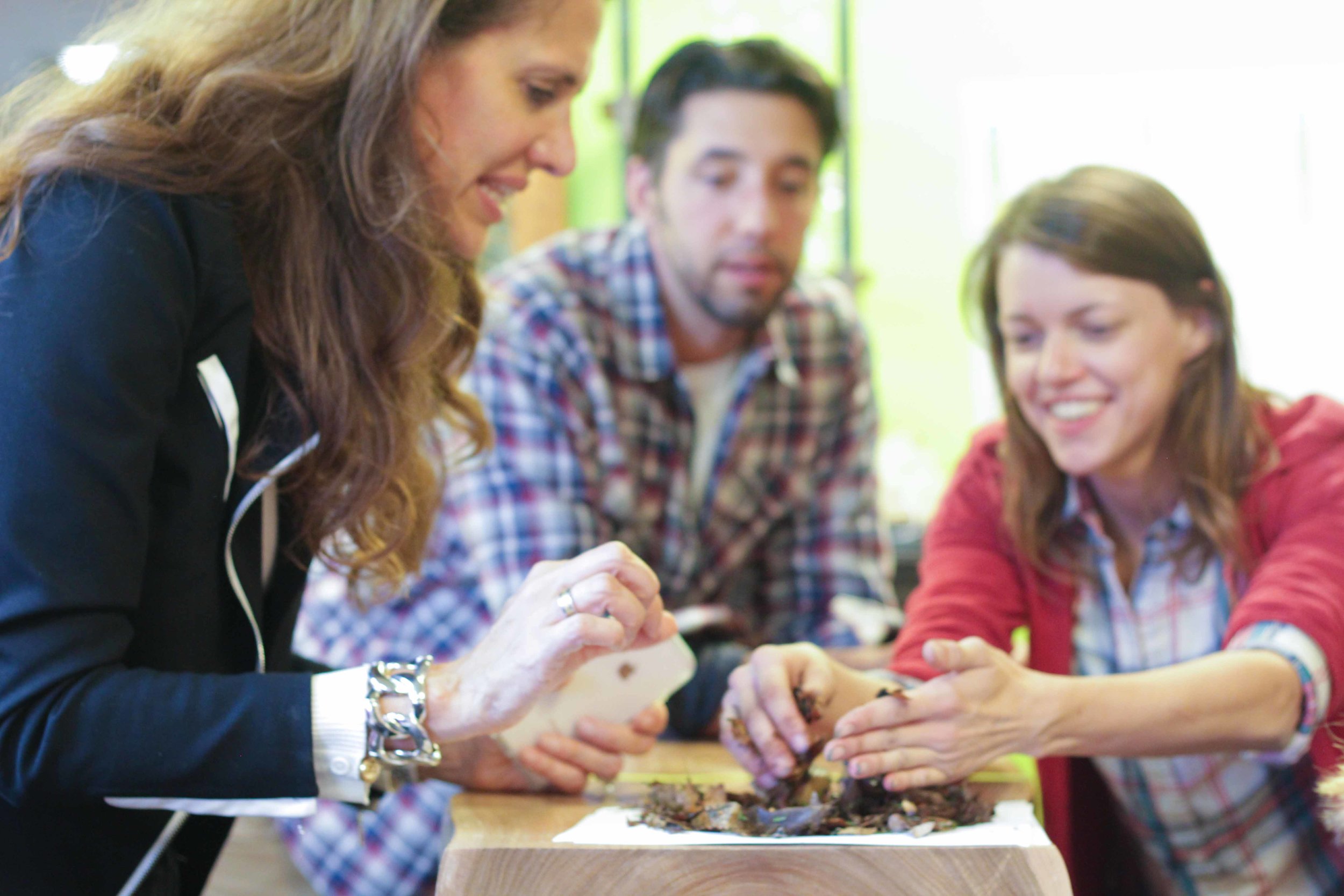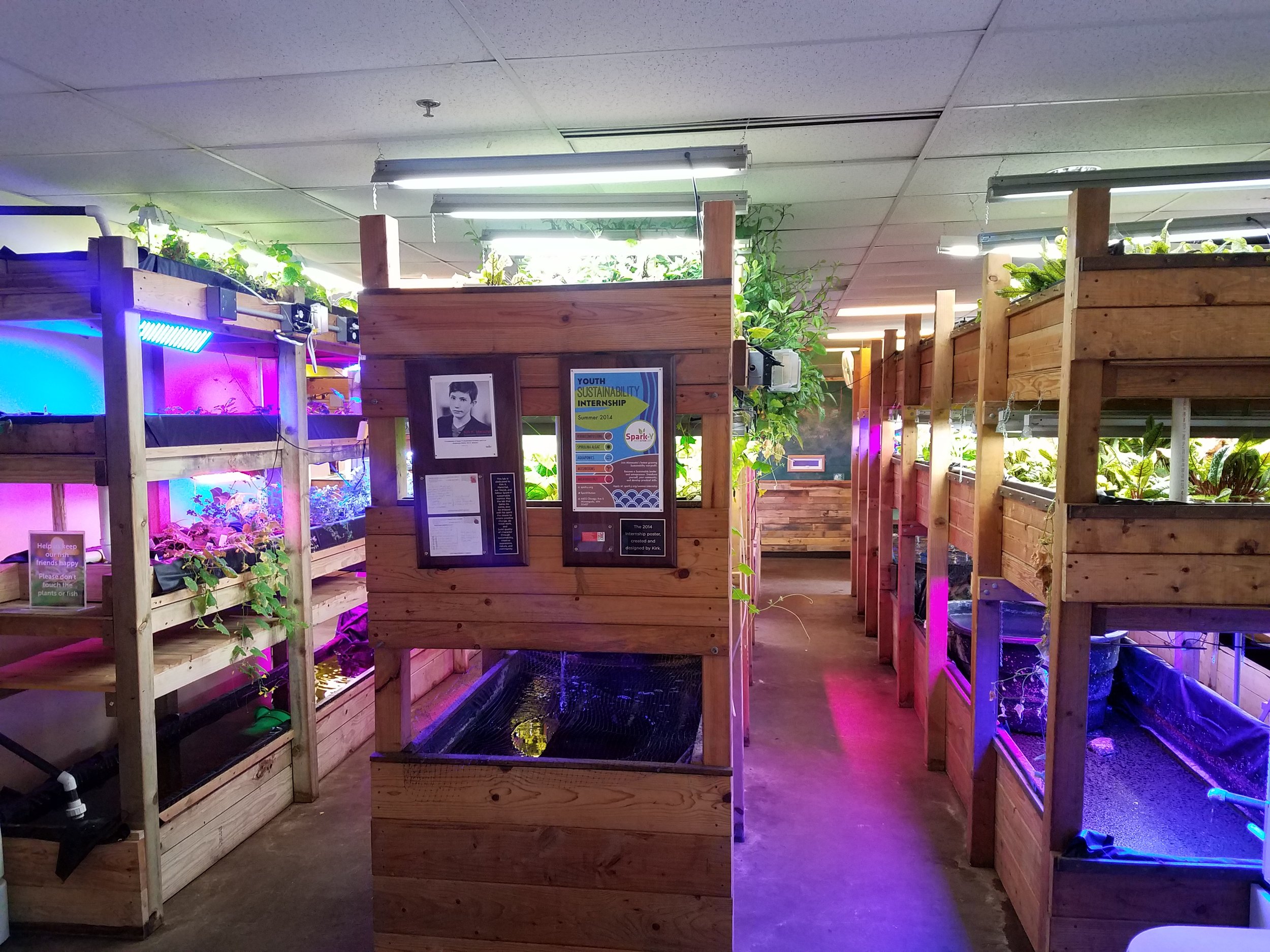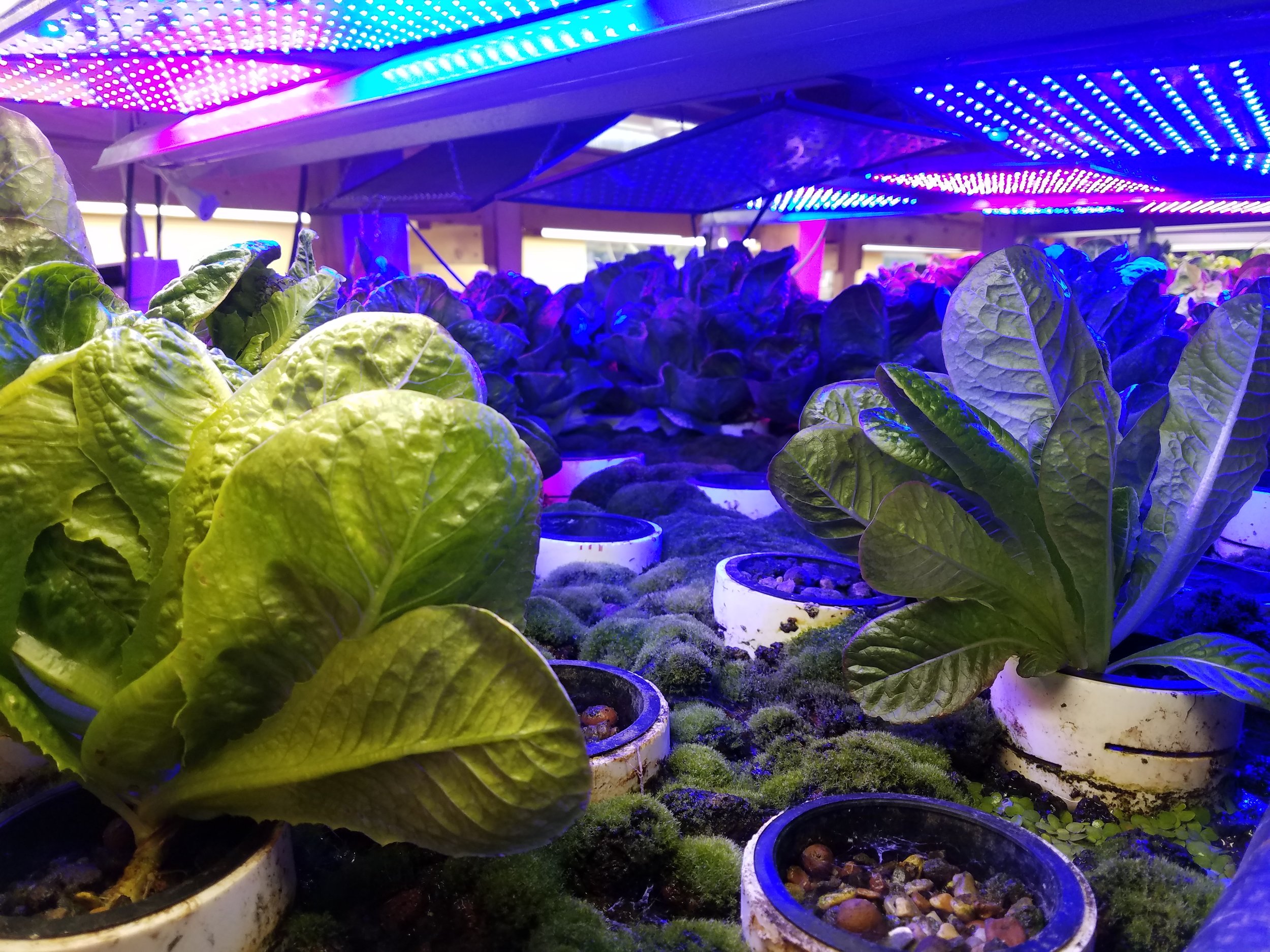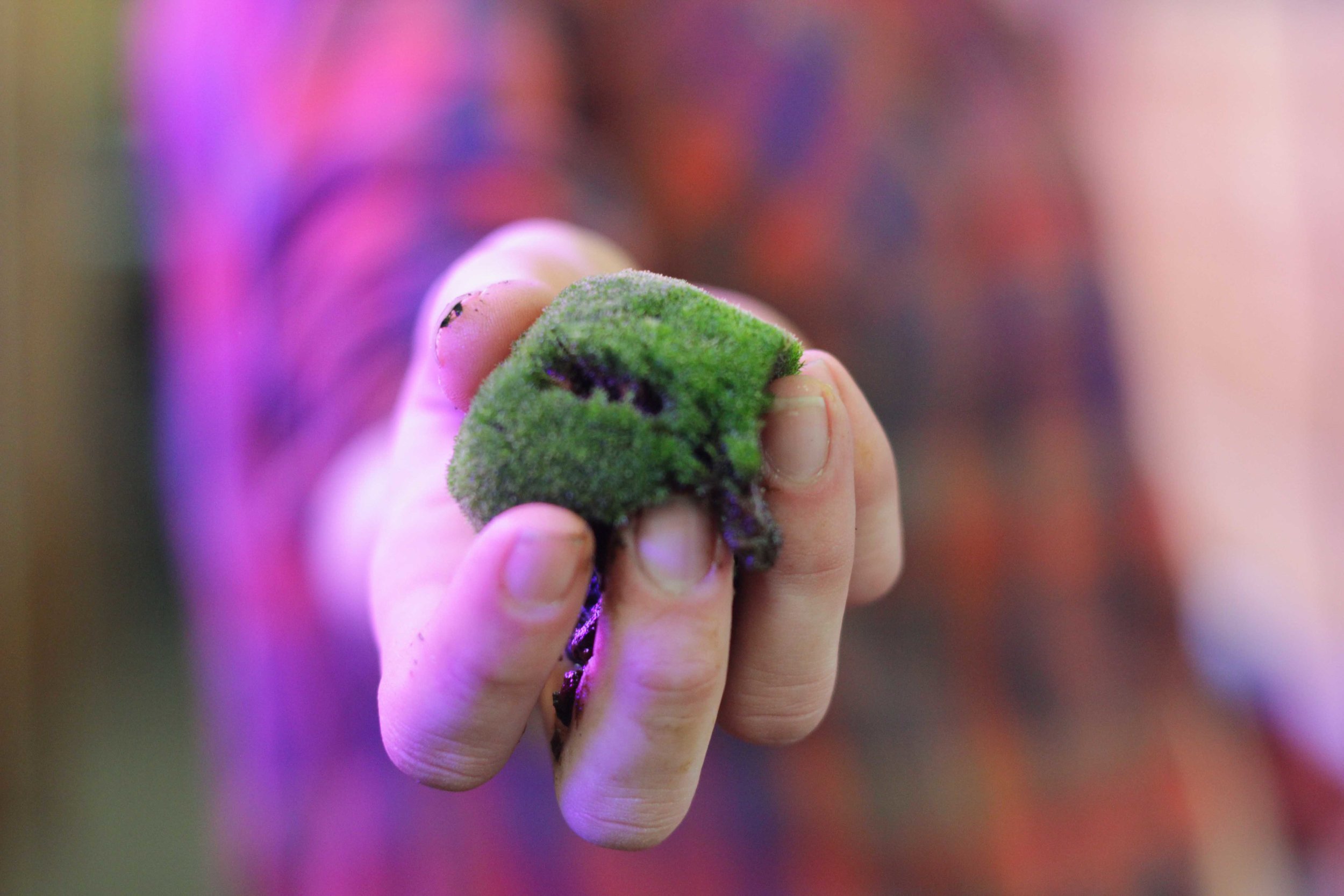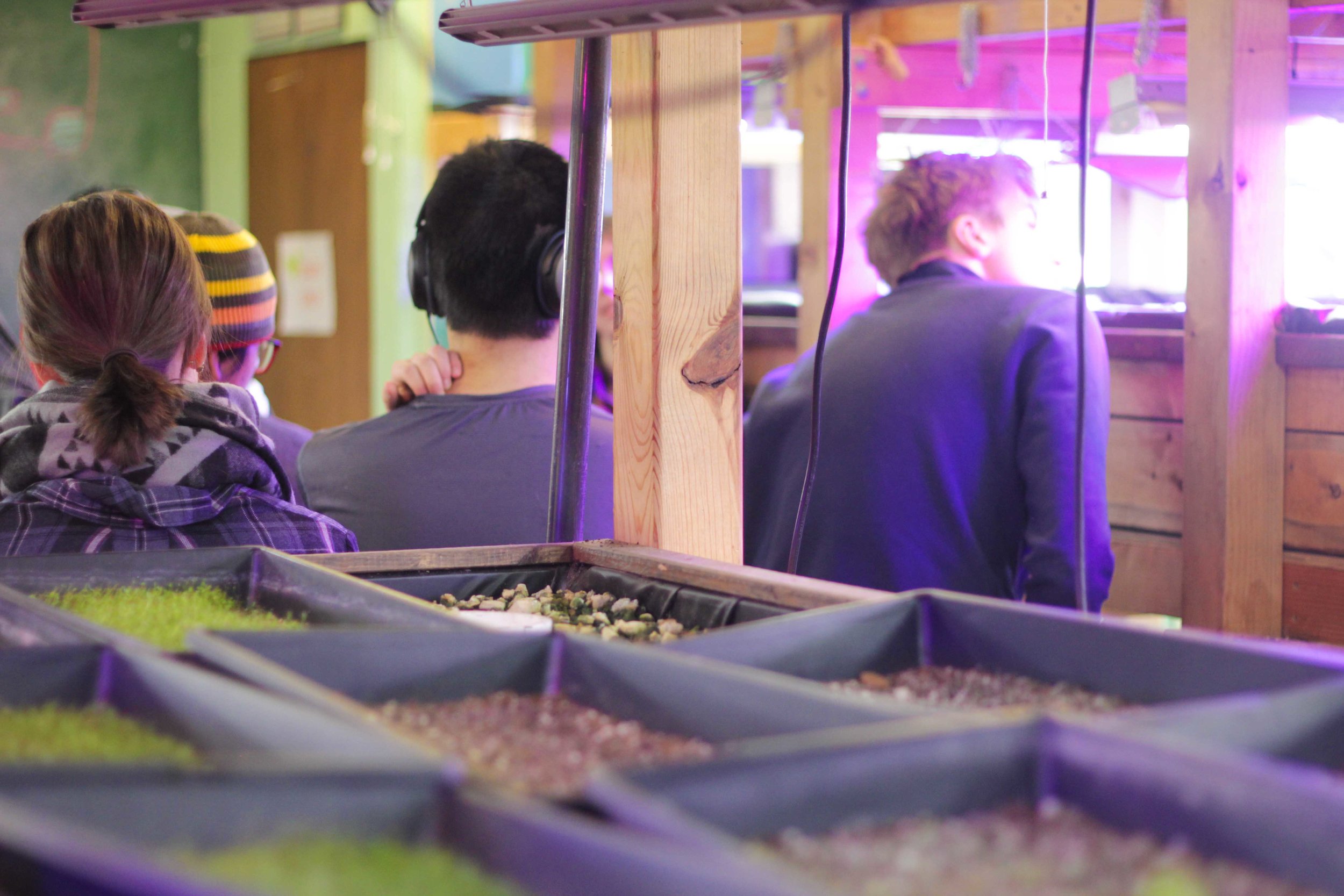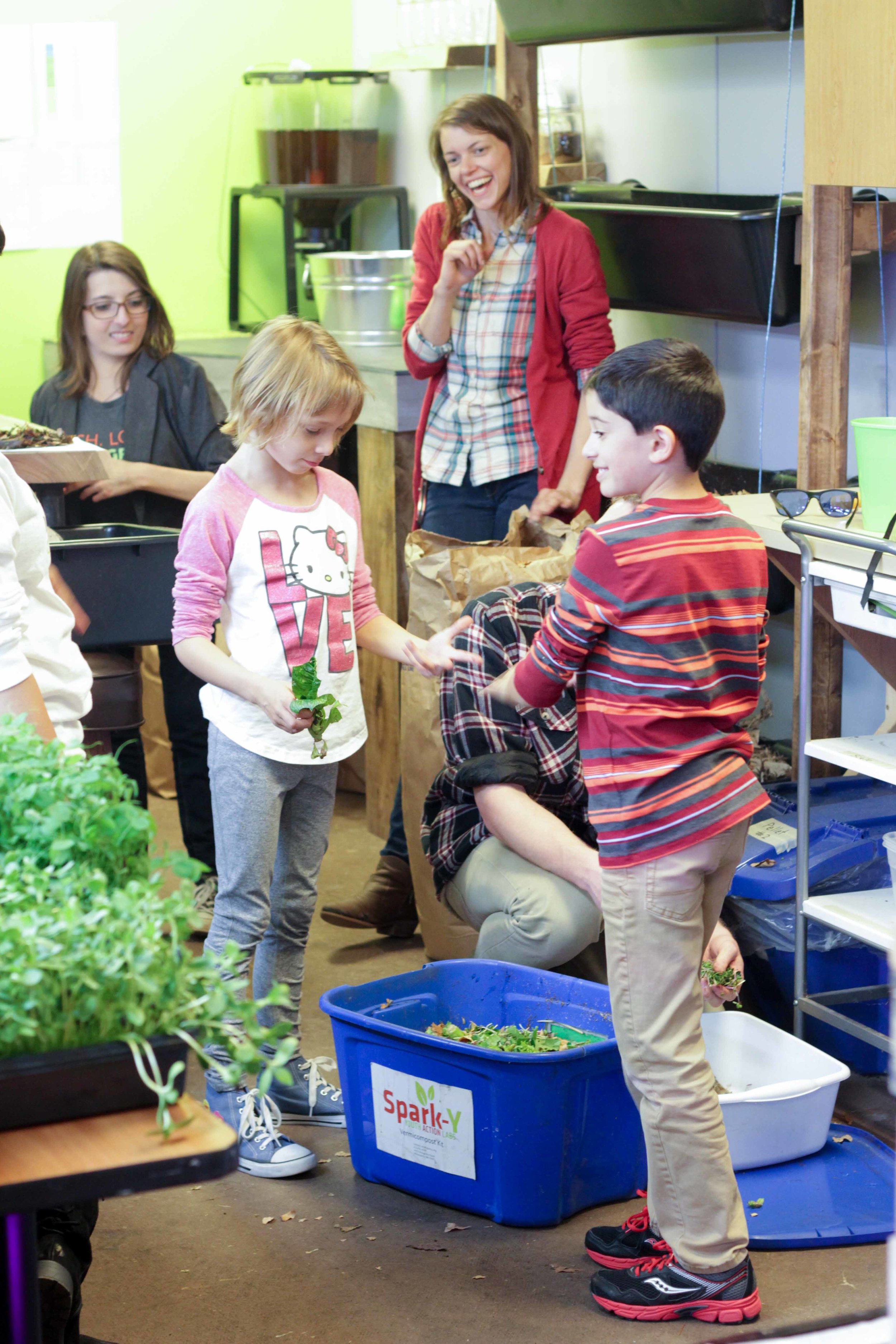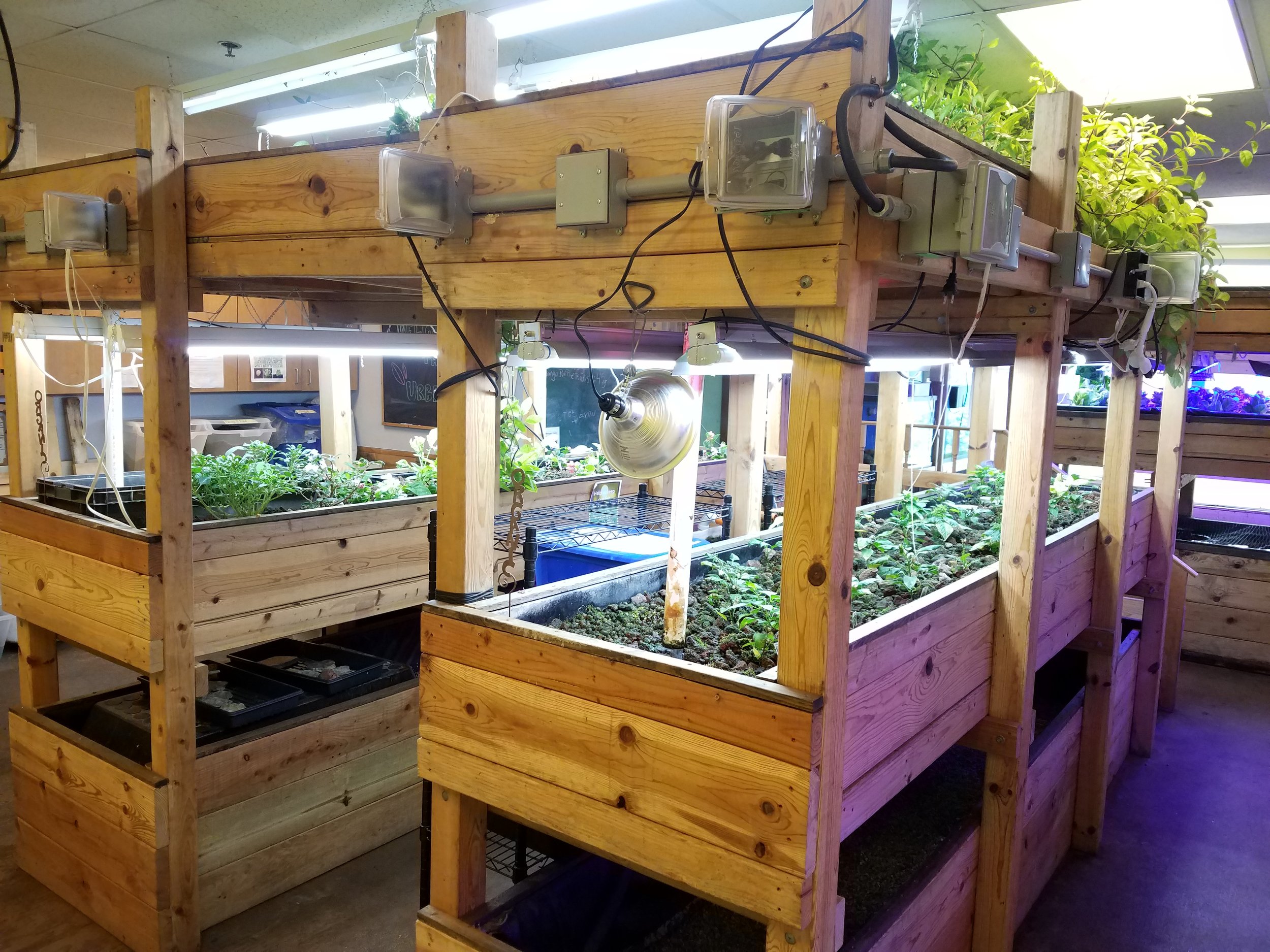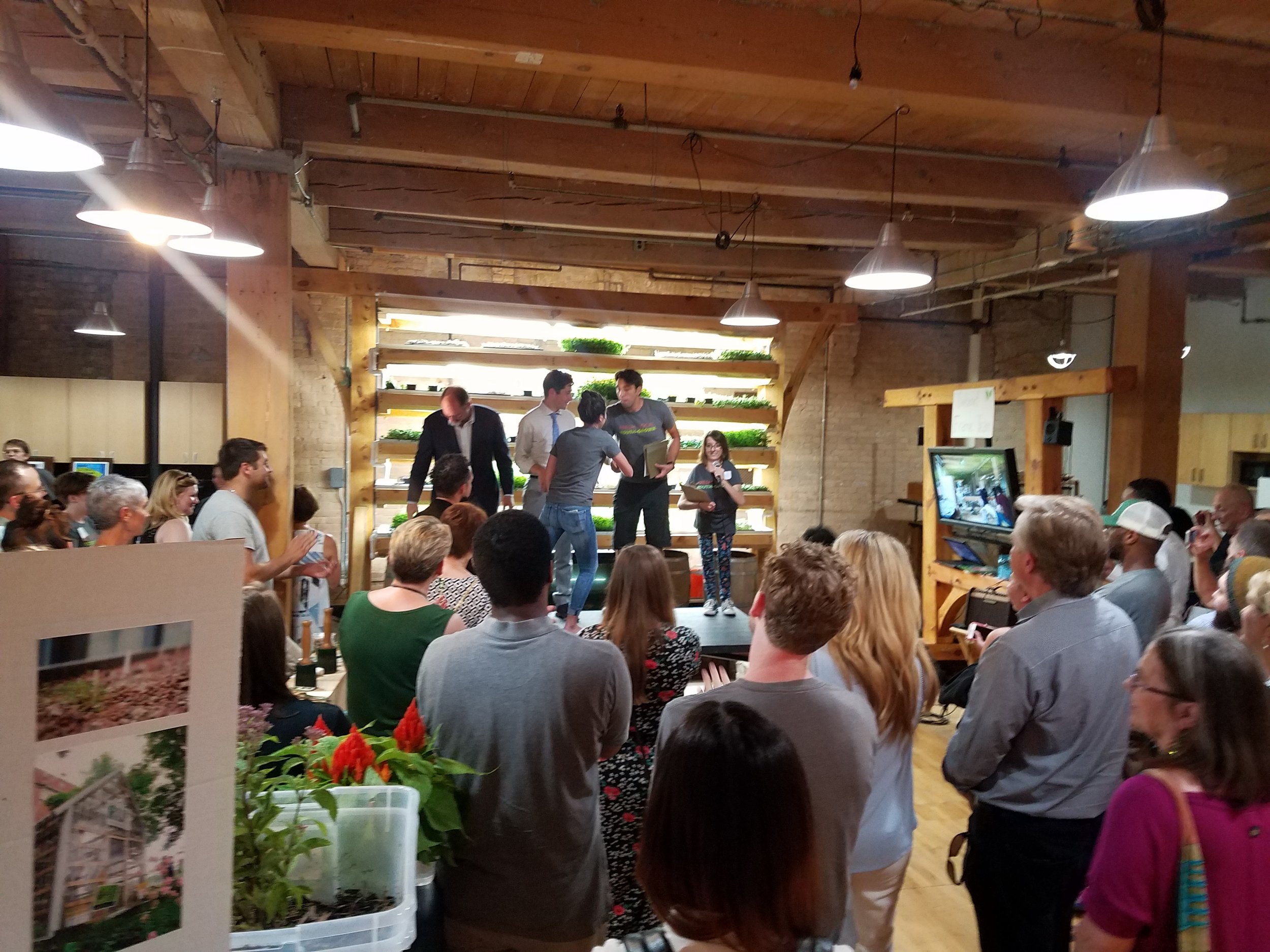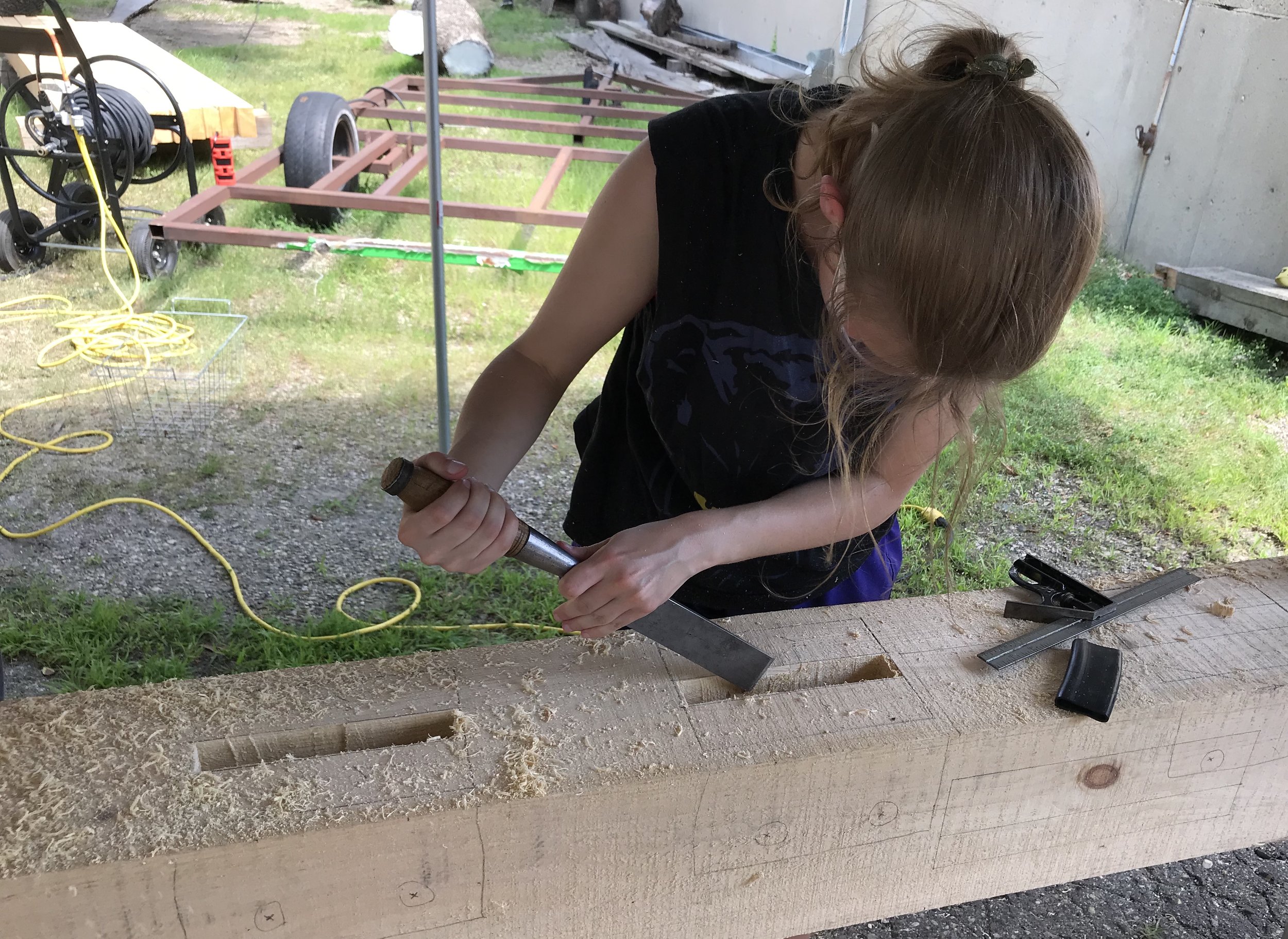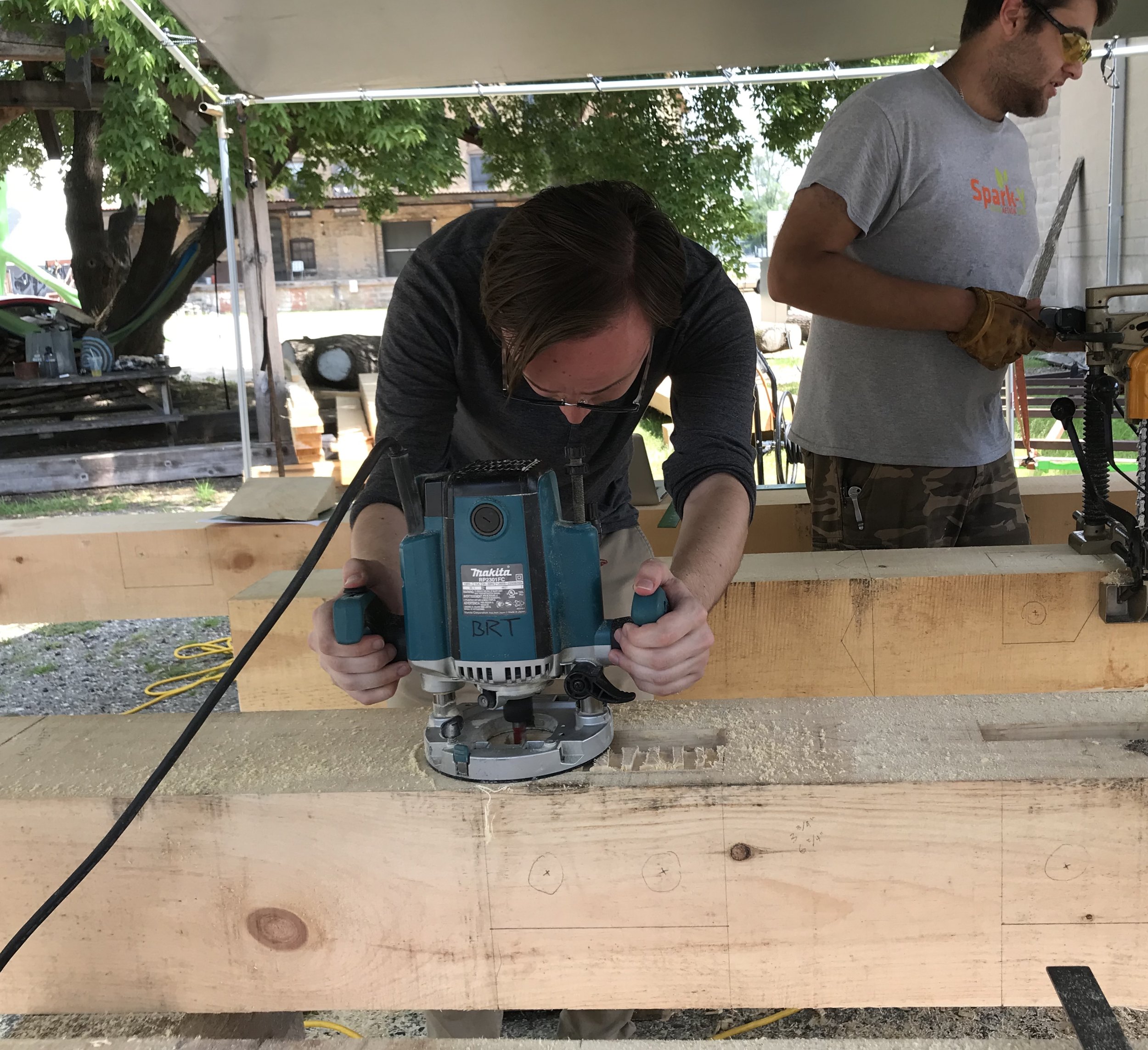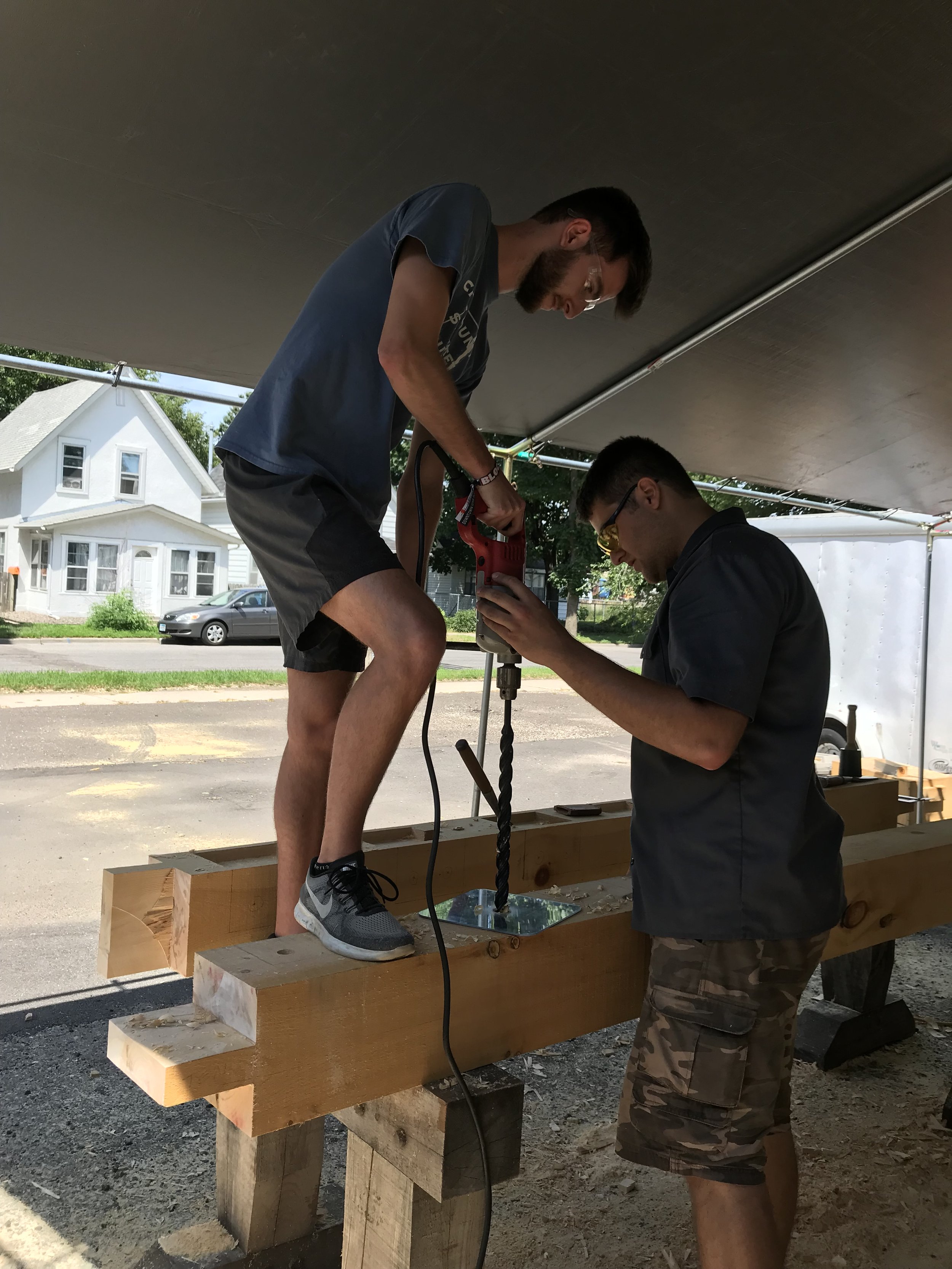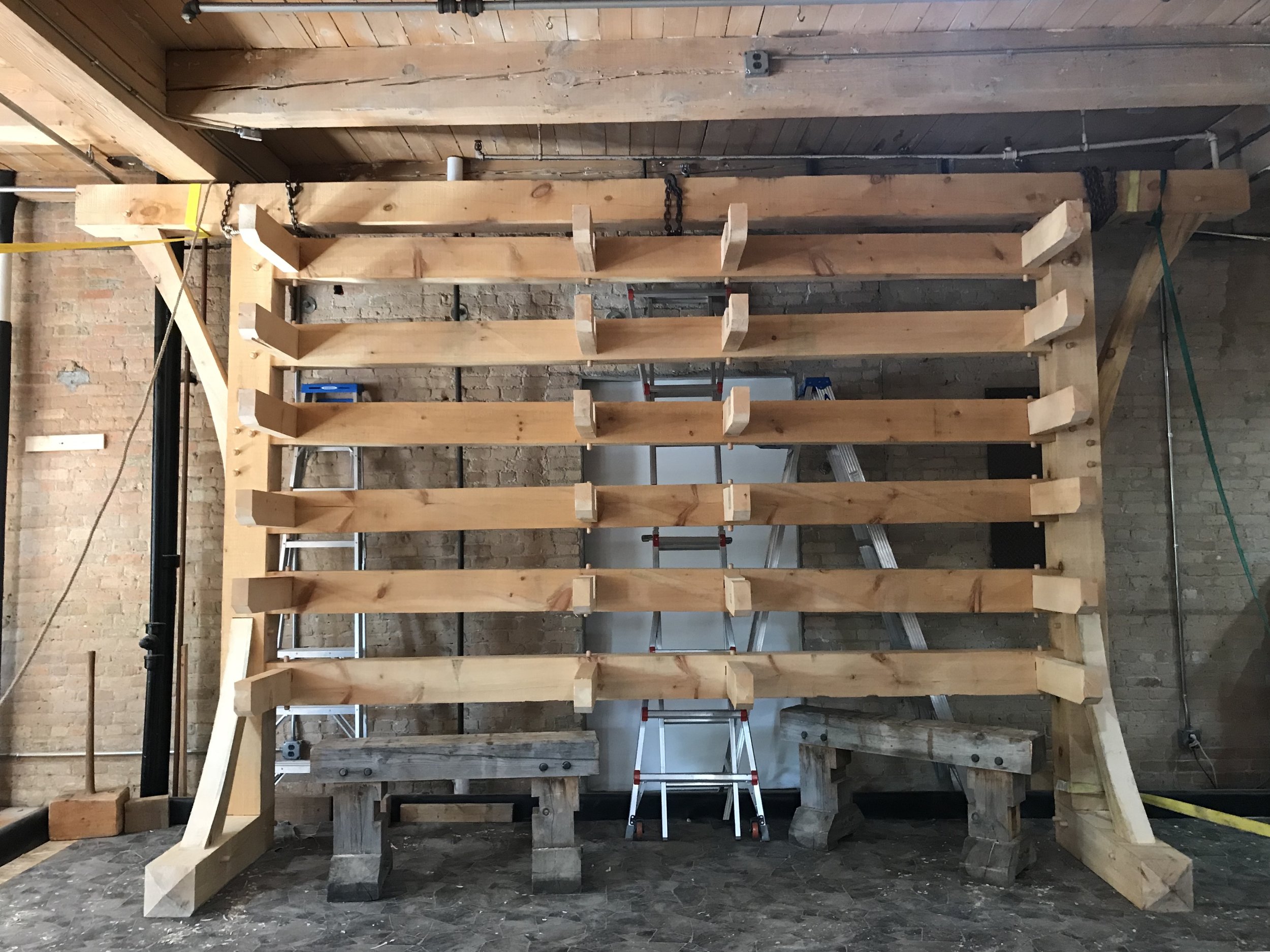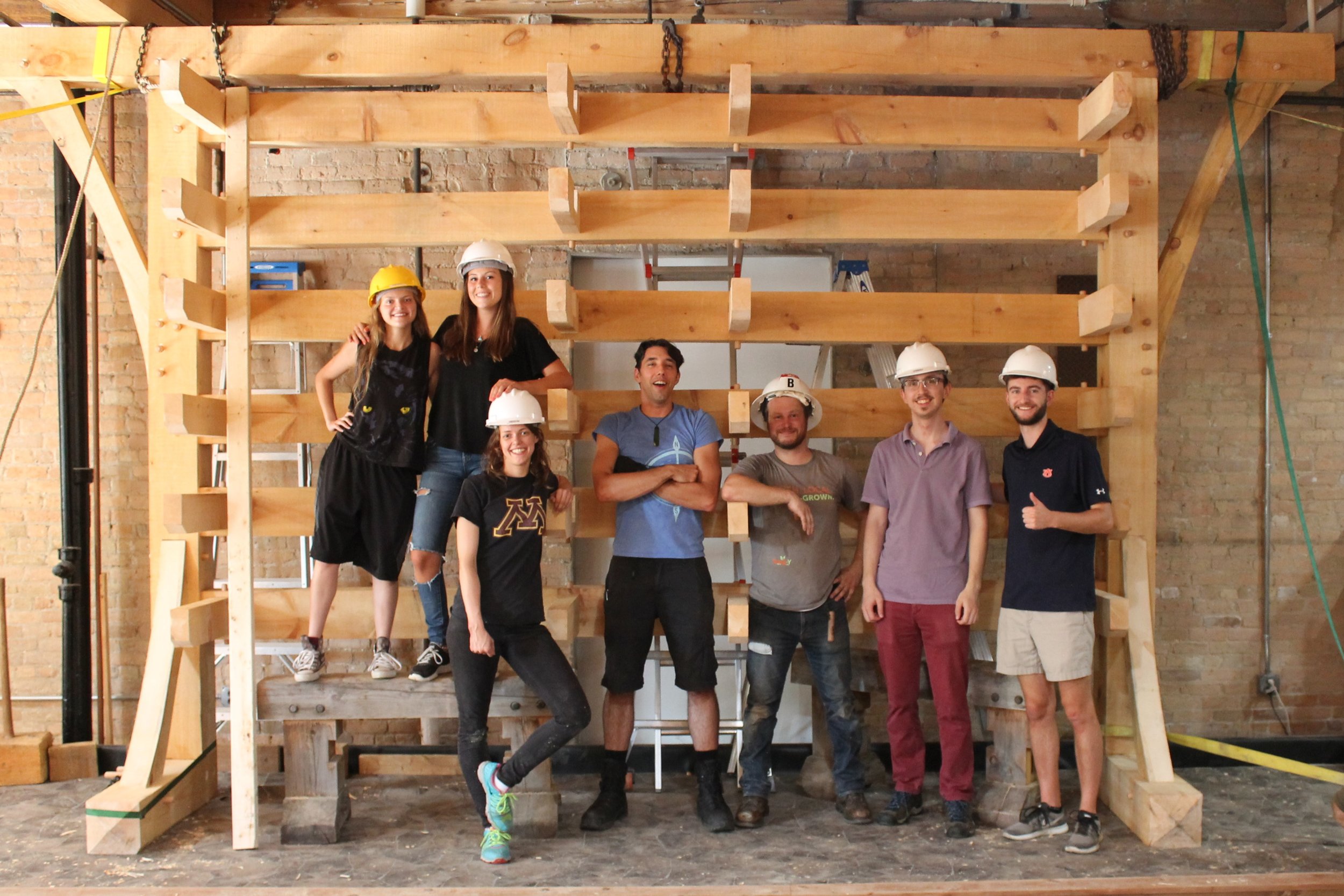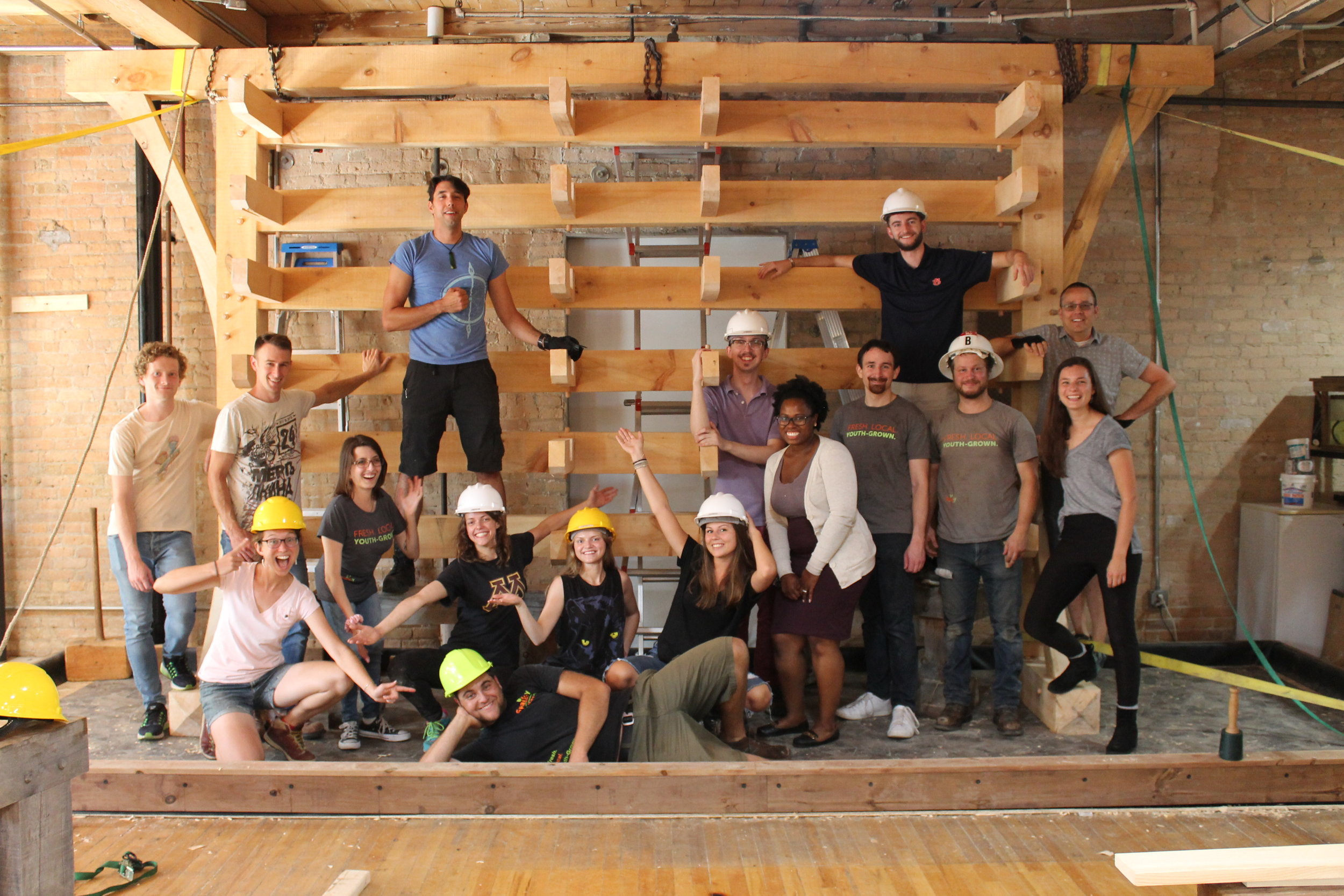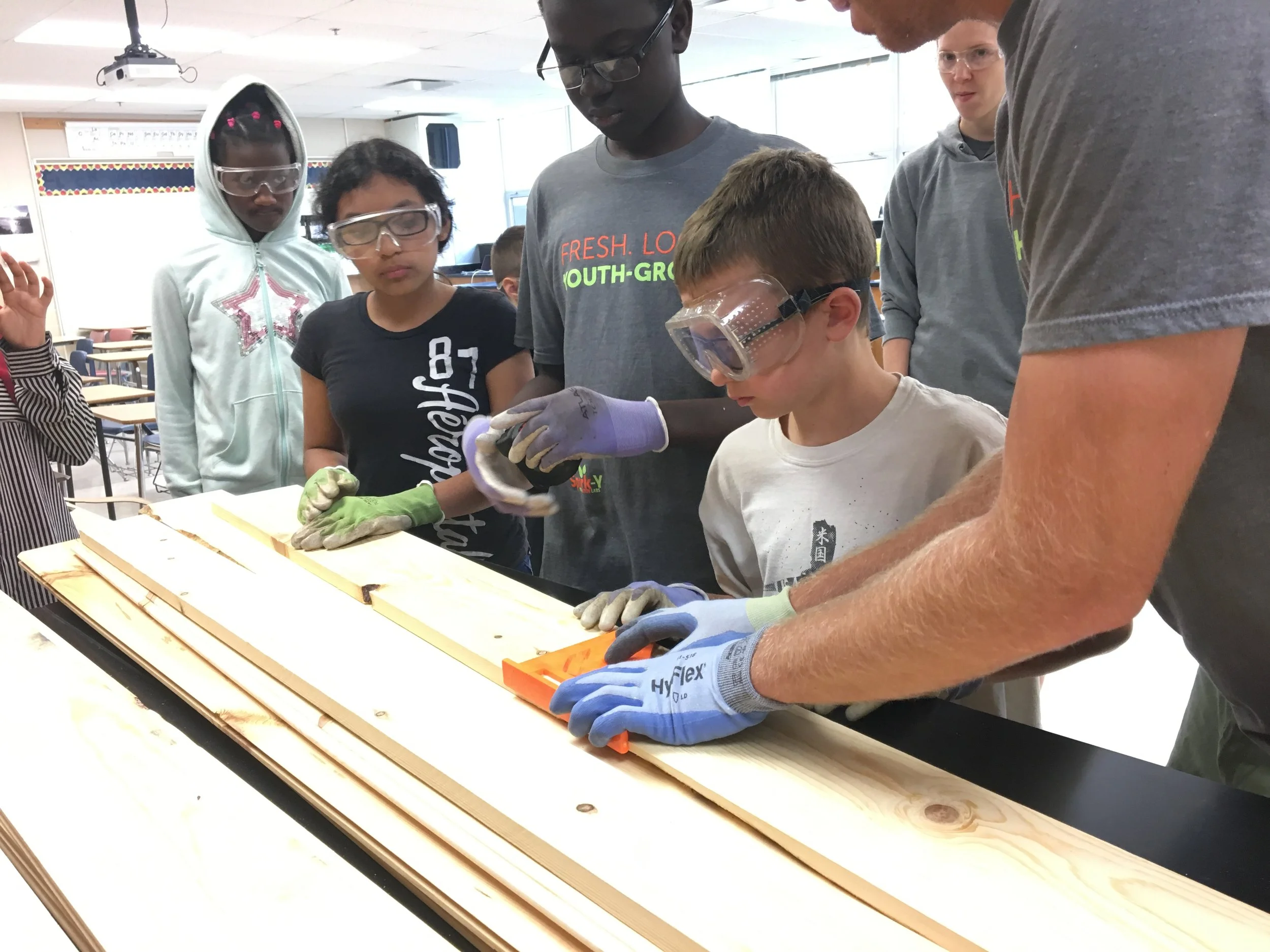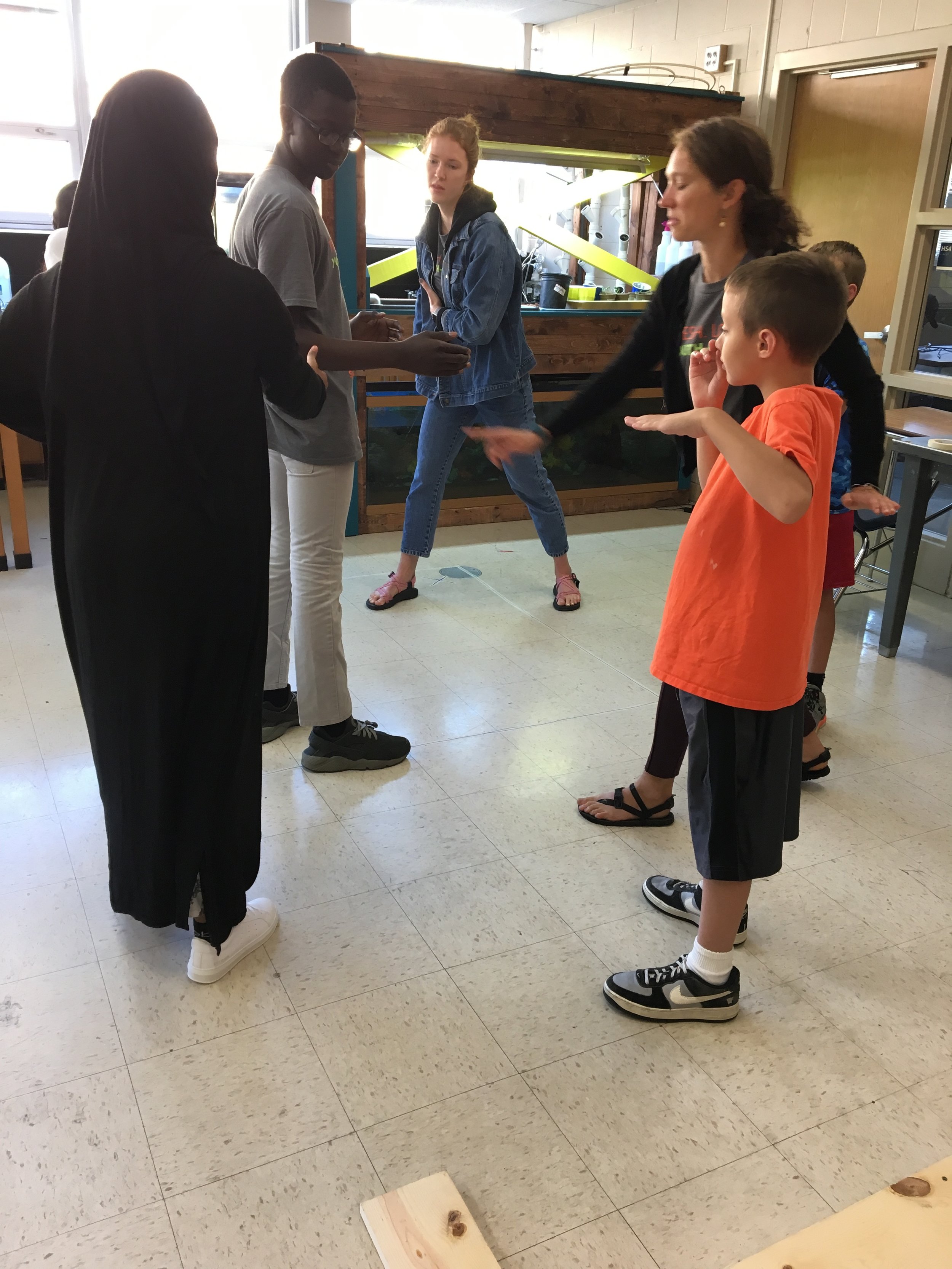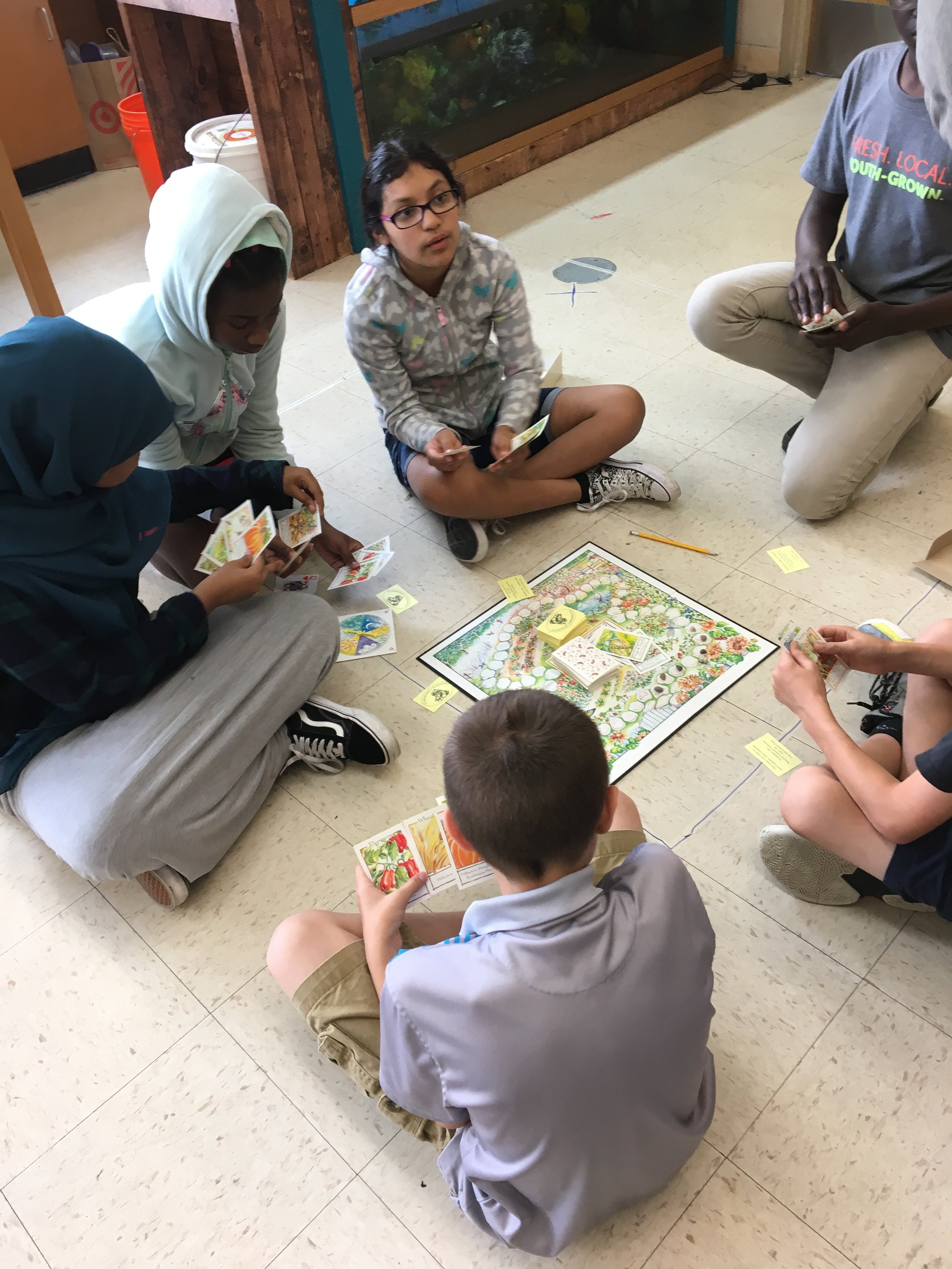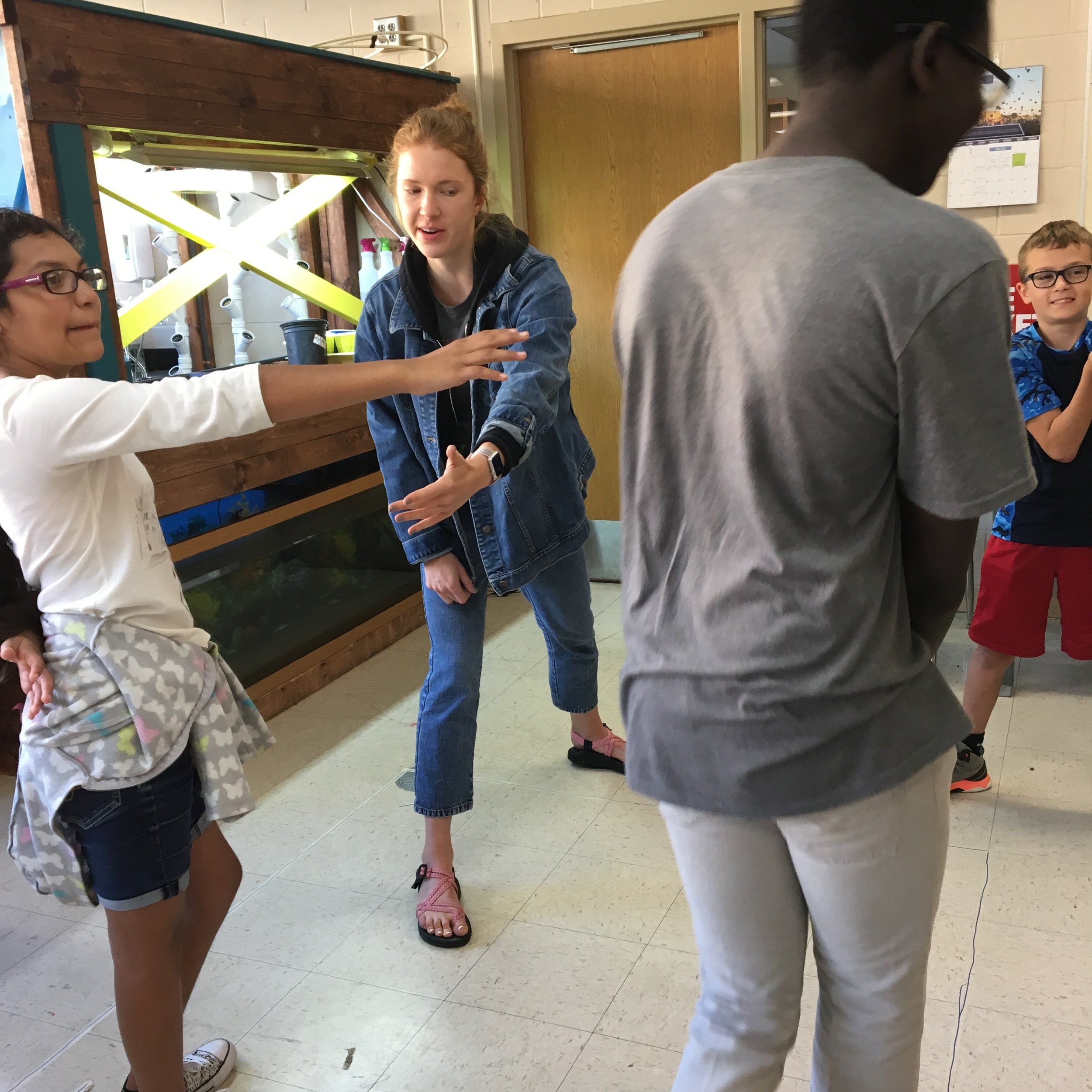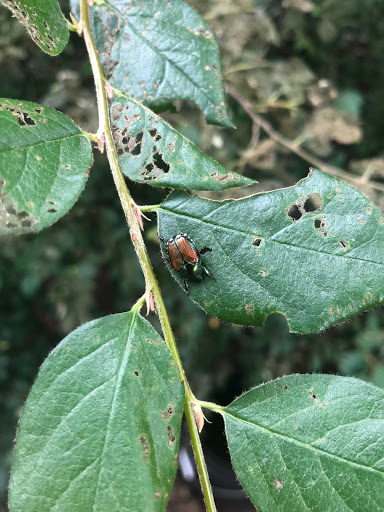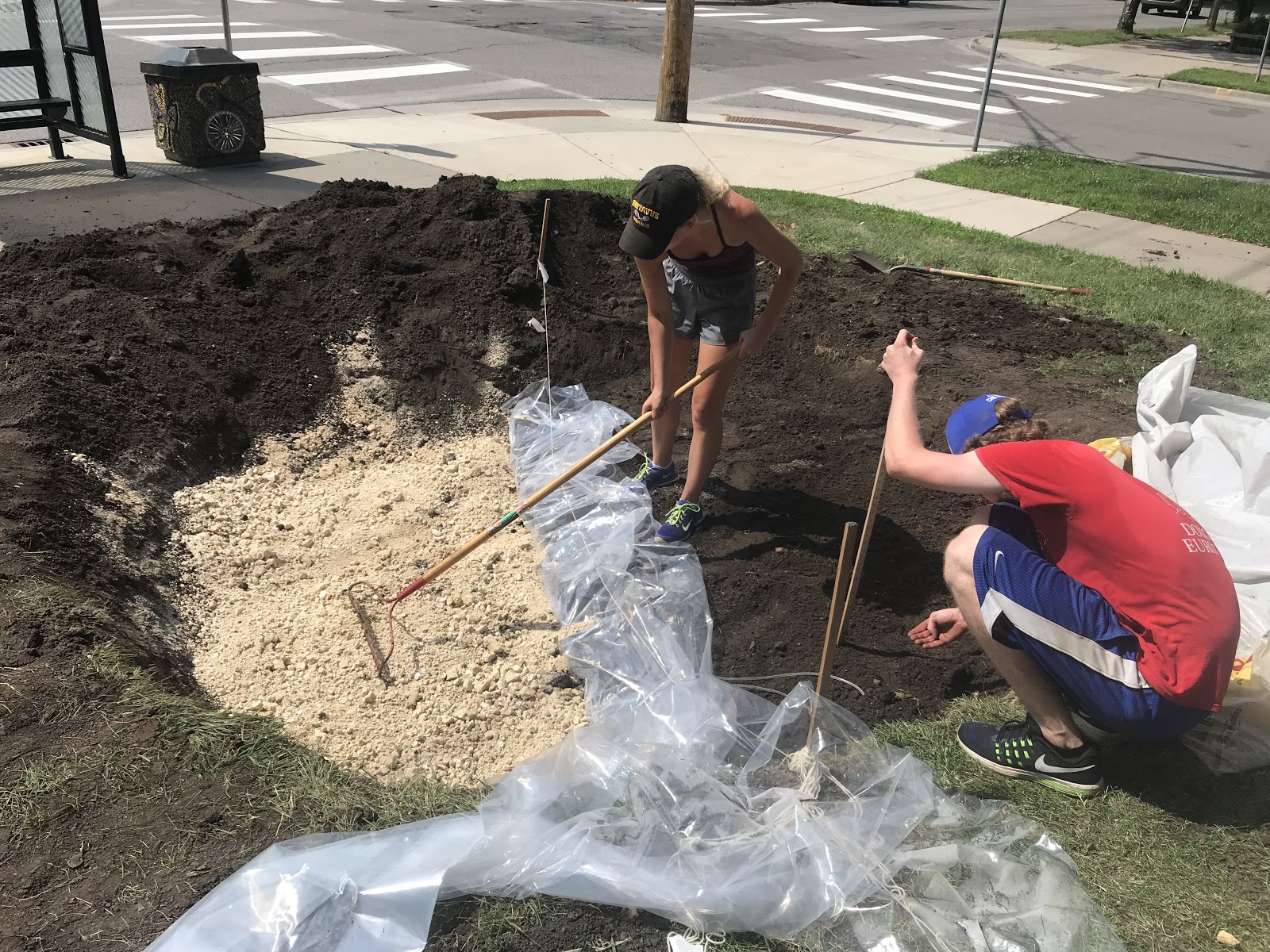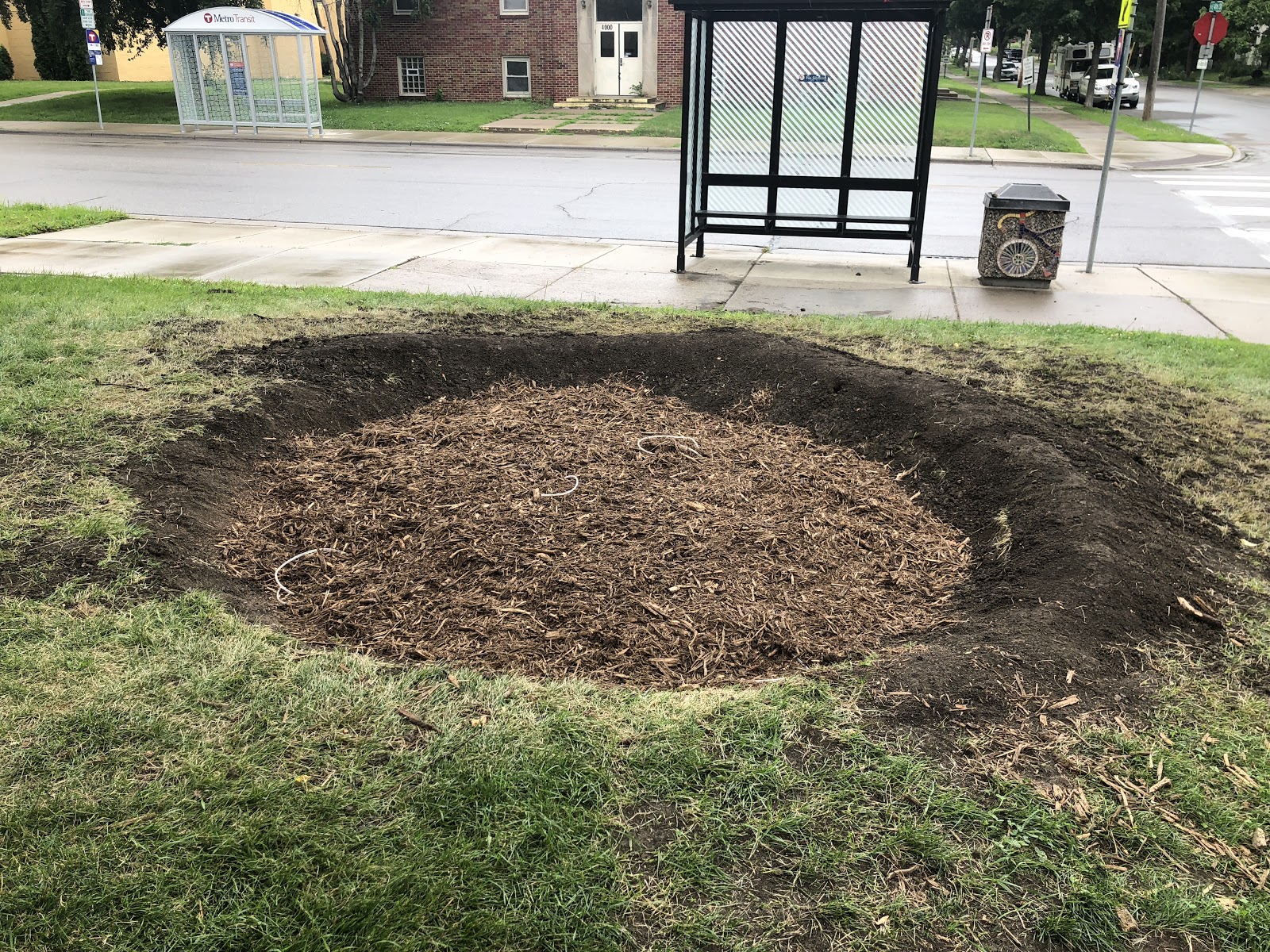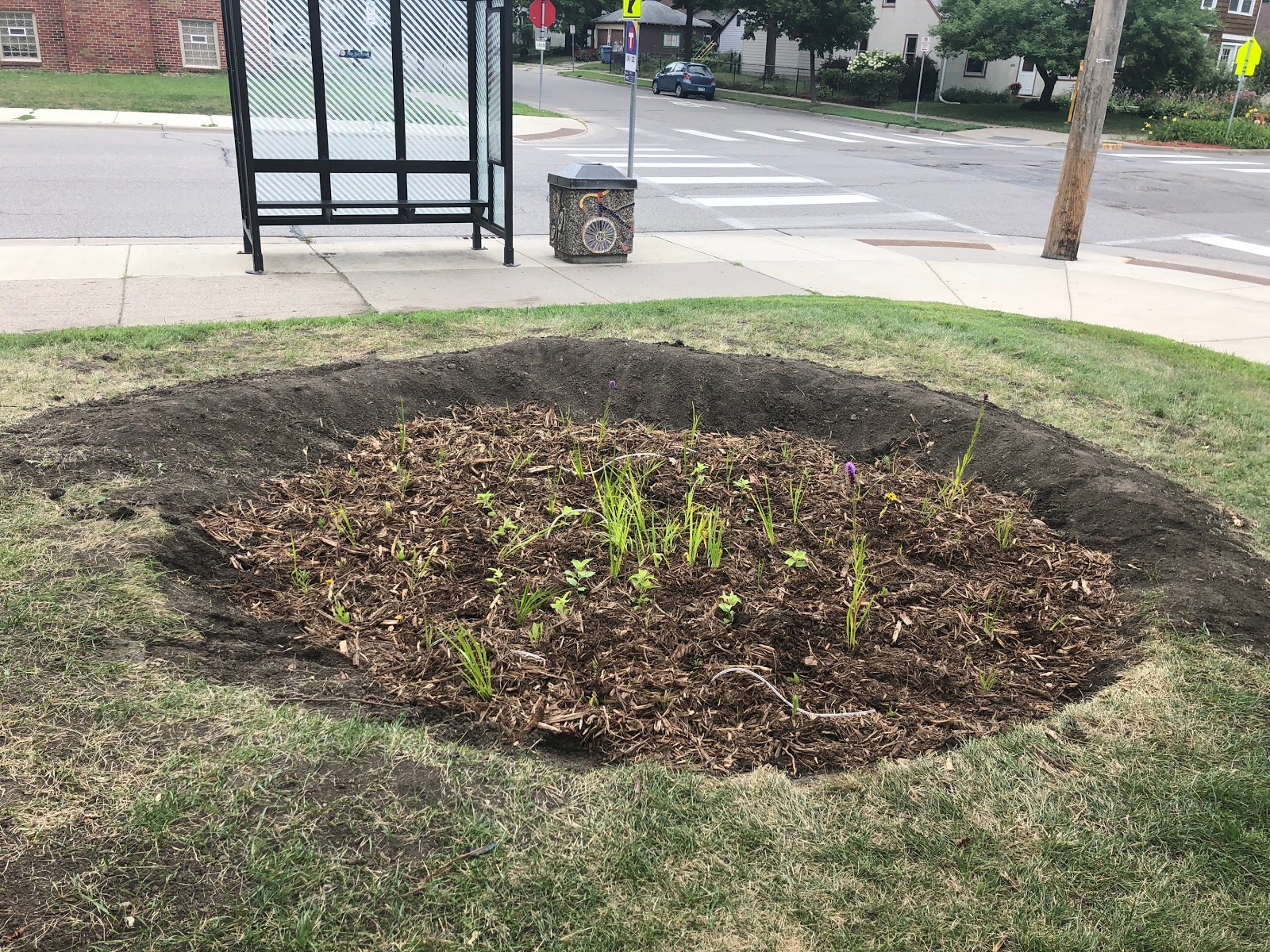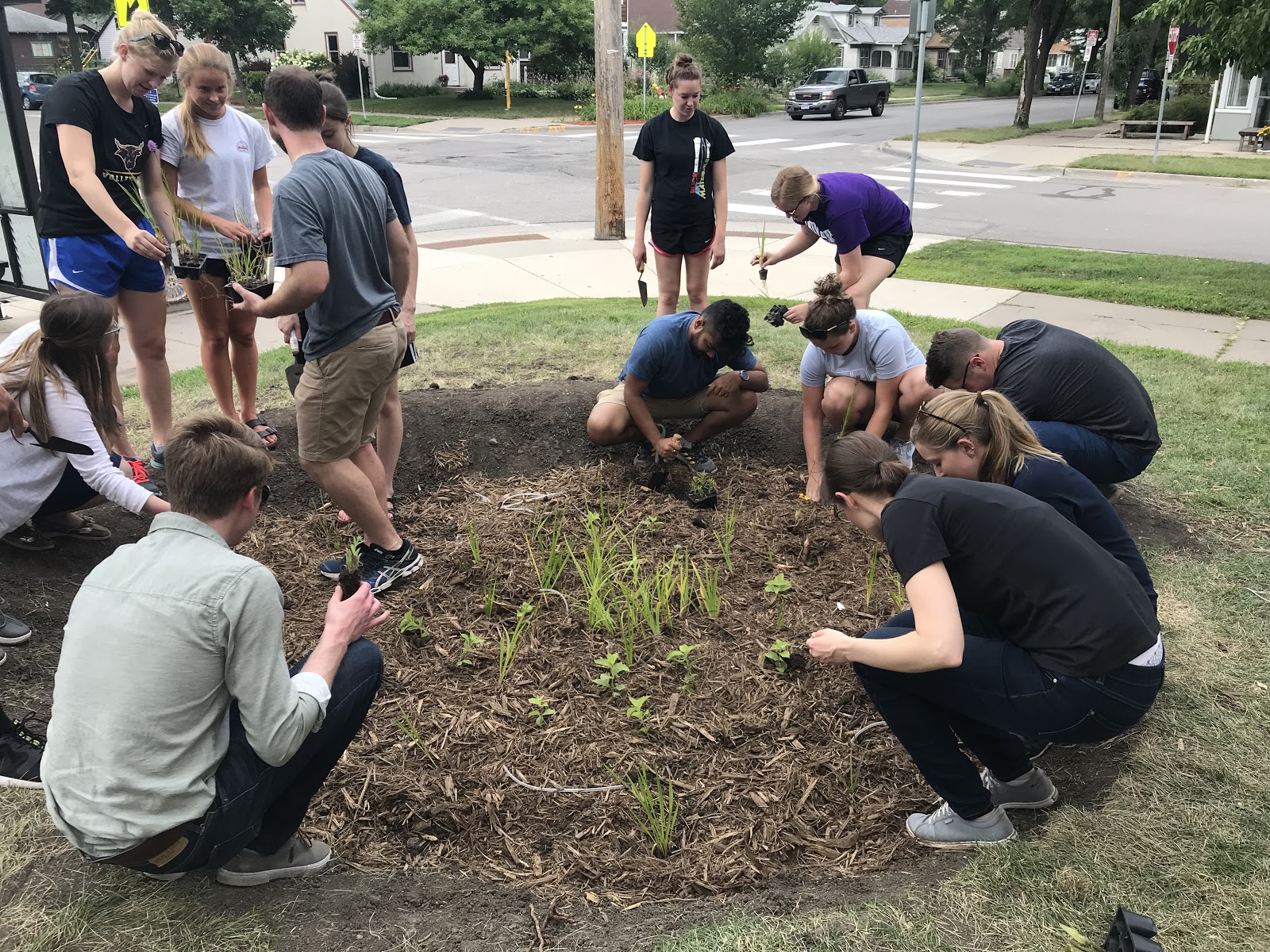Youth Empowerment. This is our mission as an organization and also a directive that shapes our organization - from the curriculum we deliver in our school programs and the real-world approach we take in our summer internship program, to the opportunities for community outreach and youth employment we provide through Urban Agriculture Lab. These three branches of our organization work systemically to positively impact Twin Cities youth, providing multiple pathways for empowerment and growth both within and beyond our organization.
Perhaps this is why so many of our Spark-Y youth begin in our school programs, graduate from our summer internship program, and go on to gain employment at Spark-Y or other organizations as a result of their experiences.
As an organization we are always asking ourselves the same question: How do we measure youth empowerment?
Can it be measured by student grades in our school programs?
Or by the dollar value of projects completed in our summer internship?
If you ask one of our Sustainability Educators, they might tell you other stories of empowerment:
The transformation of disengaged students who rally to save a classroom fish, complete an assignment for the first time in their classroom history, or join an elective leadership opportunity (our elementary Captains program).
The marvel of watching student-led creations come to life, as young people use STEM-based learning and utilize power tools to design, build, and cultivate their own sustainable systems.
Youth interns sharing their summer internship successes on stage in front of our Minneapolis Mayor, Jacob Frey - then going on to secure jobs and admittance to higher education programs as a result of their experiences.
As we continue to share these meaningful stories of youth empowerment on our blog, Facebook, and Instagram we also want to share the other side of how we measure youth empowerment, through our Spark-Y Impact Report. This report is designed to help us as an organization measure our successes, focus our future efforts, and paint a broader picture for our supporters (that’s you!) the value of your investment in our organization.
Together, we are empowering more Twin Cities youth than ever before.
2017-2018 IMPACT REPORT
Total Youth Served in 2017/18: 1,926
School Programs:
This branch of Spark-Y provides hands-on education, rooted in sustainability and entrepreneurship to Twin Cities youth in school classrooms, workshops, one-time events, and customized programming.
In 2017/18 Spark-Y provided curriculum for:
13 schools
18 regularly occurring school programs or 2,799 class periods and 1,334 youth regularly served
Workshops and one-time events impacting 401 youth and 191 adults
Reaching a total of 1,735 youth
Within our school programs, youth engaged in hands-on curriculum that resulted in:
10 permanent in-school aquaponics systems
35 mini-aquaponics systems
4 permanent vermicompost systems
Did you know?
In 2017-2018 Spark-Y doubled the number of permanent aquaponics systems built in the previous year.
Another marker of impact in 2017-18 was our expanded reach and lasting impact within of our partnerships with Twin Cities Schools:
Addition of Edison High School LEAF (Leadership Education Agriculture Future) program - a diploma certification with Spark-Y programming spanning 5 class offerings.
Our third year of programming at Roosevelt High School, including our urban farm and EASY Pro (Edible Schoolyard Professional) programs.
Our seventh year at School of Environmental Studies.
We also celebrated our fifth year at Southside Family Charter.
Fast Fact:
After participating in a Spark-Y school program, 62% of youth reported knowing ways they can live more sustainably.
Spark-Y continued to expand interpersonal partnerships:
2 school interns from a continued partnership with HECUA program (non-profit with a focus on social justice, human rights and sustainability).
2 AmeriCorps members on staff.
Urban Agriculture Lab (UAL)
The second branch of Spark-Y, the Urban Agriculture Lab, provides support to our school programs through sustainable systems research, facilitation of youth classroom builds, and ongoing maintenance to in-classroom systems. The UAL operates in indoor production facility, providing a sustainable revenue model for the organization and a youth job pathway. Lastly, the UAL is home to our DIY Bio Lab, equipping our classrooms with new, innovative science projects and providing workshops and outreach throughout the Twin Cities.
In 2017/18 the Urban Ag Lab:
Reached 167 youth and 175 adults through tours.
Impacted 199 youth with hands-on STEM workshops, in a new partnership with Hennepin County Libraries.
Provided a work-based learning internship with 3 Edison students, complete with class credits and stipends.
Employed 1 youth apprentice.
Impacted 23 youth at our second year in attendance as speakers at CONvergence.
Hosted 47 volunteers.
Fast Fact:
Spark-Y moved office headquarters in August of 2018, moving their 1,300 square foot indoor aquaponics system to construct a timber-frame, vertical growing system at their new offices in Northeast Minneapolis.
Additionally, the Urban Ag Lab participated in the following:
Hosted a Spring Plant sale, attracting hundreds of visitors.
Featured exhibitor at the Minnesota State Fair, Common Table.
A stop on the 2018 Farm Tour.
Summer Internship
The third branch of our organization, the Summer Internship Program, a sustainability bootcamp where young people gain real-world experience through hands-on projects with our Twin Cities partners.
In 2018 Spark-Y provided 41 paid internship positions for our youth, completing:
Design and build of a two-ton timber frame aquaponics system
A rain garden
Indoor aquaponics system
Garden shed
2018 interns receiving paid stipends, with Minneapolis Mayor Jacob Frey, in front of a youth-built timber frame aquaponics system at the Spark-Y Open House.
Looking ahead:
With a nod to this last year’s accomplishments, we also look forward to focusing our efforts in key areas of growth to create even more impact in the year to come.
This includes:
Creating even more ways to measure our impact, including, entrance / exit surveys and methods of qualitative data collection.
Expanding our community workshop offerings to build interest and curiosity in new communities.
Thinking of new and innovative ways to fund and expand into new school partnerships, including the ten schools on our current wait list.
Increasing our employment pathways.
Adding professional certifications to our work based learning programs.
We are very excited to share this information with you. We appreciate your continued support of our organization and other Twin Cities organizations that are actively uplifting the lives of youth all around us. We could not do this work without you. We thank all of our volunteers, staff, Board, fiscal contributors, partners, and cheerleaders for your ongoing support.
Let’s keep building towards empowering our youth, so that they can go on to empower their families, schools, and our greater community!
A Special Thanks:
In the last month we have received in-kind support of our organization from the Joan Brick McHugh memorial. These donations were given to honor her memory, and for that, we are sincerely grateful. We would also like to recognize Spark-Y Founder, Mary Helen Franze, for her ten years of service on our Board of Directors and for choosing Spark-Y to honor her mother's memory.
